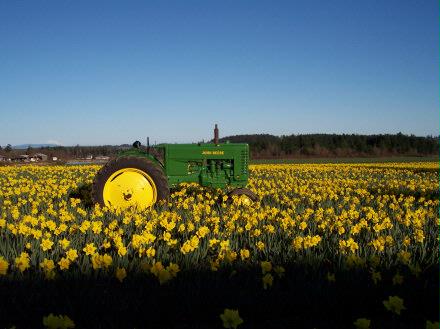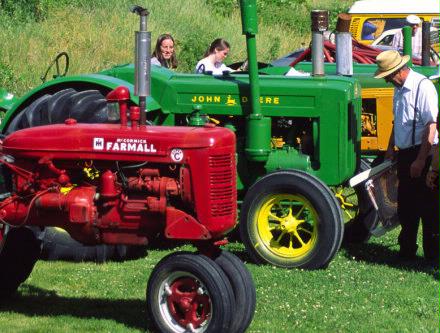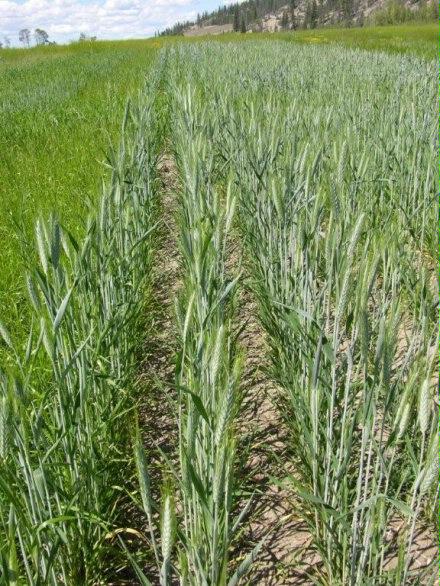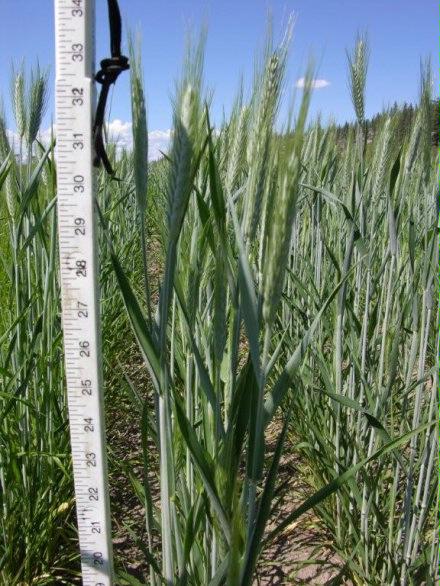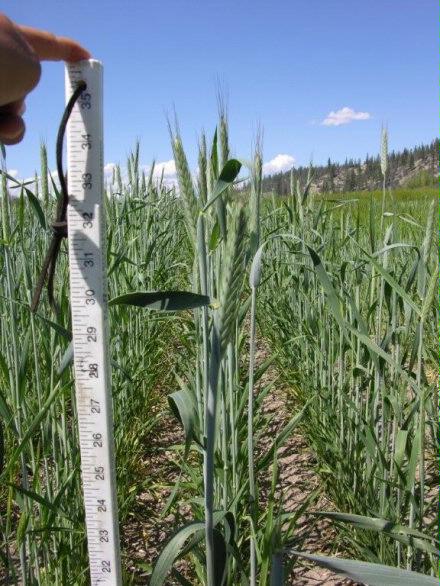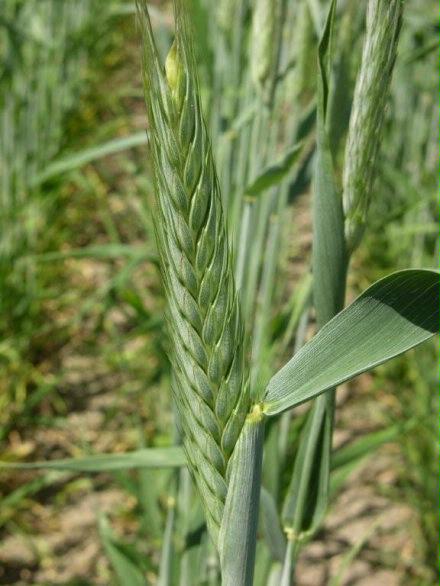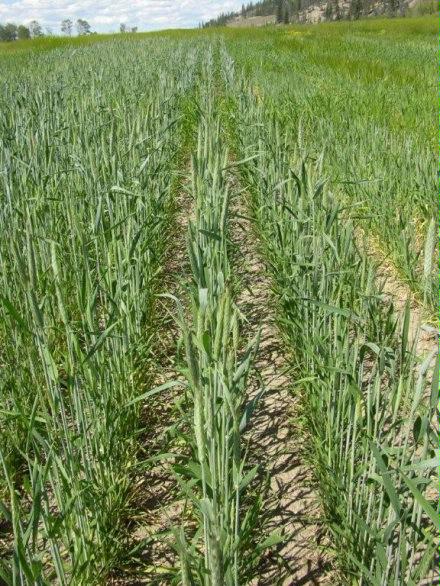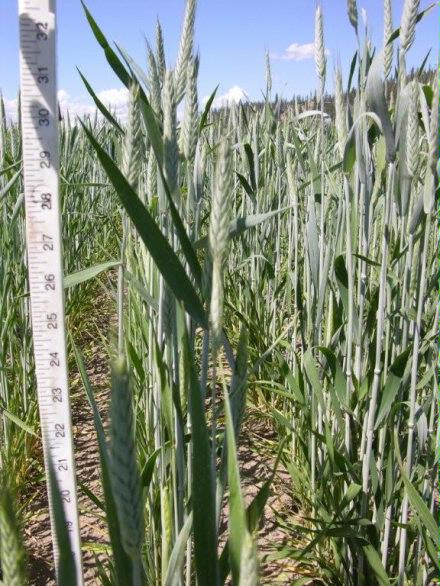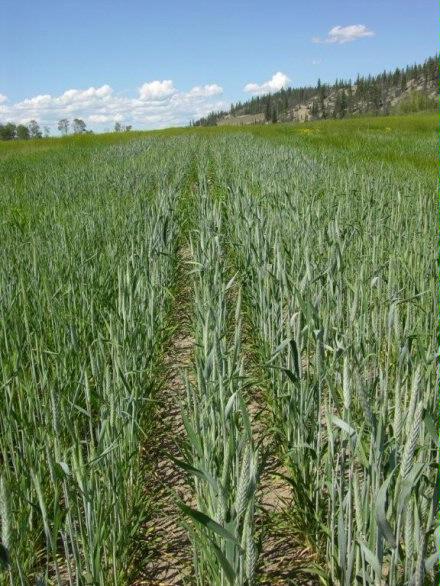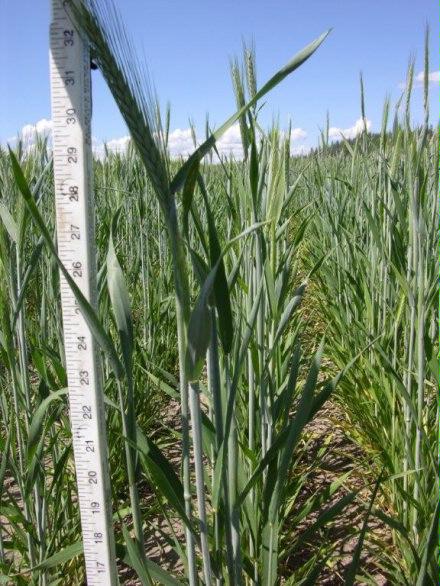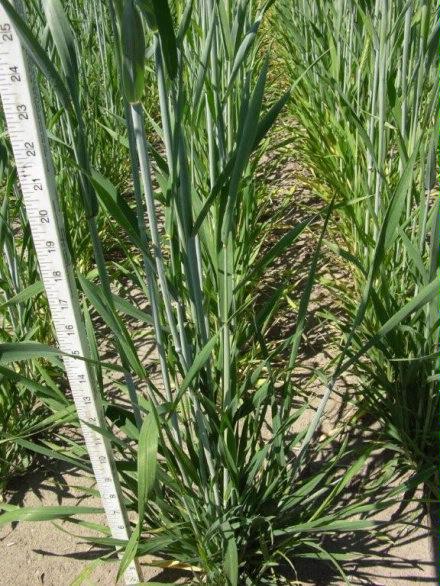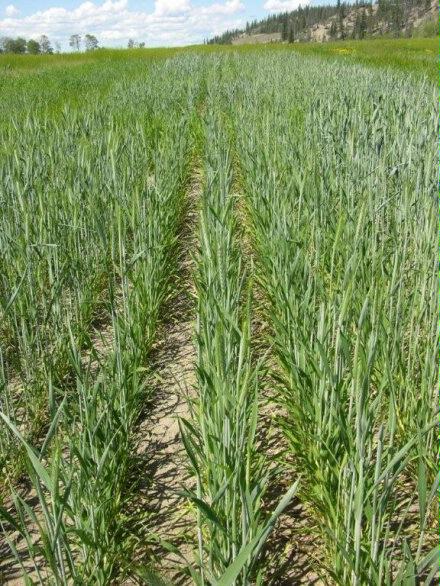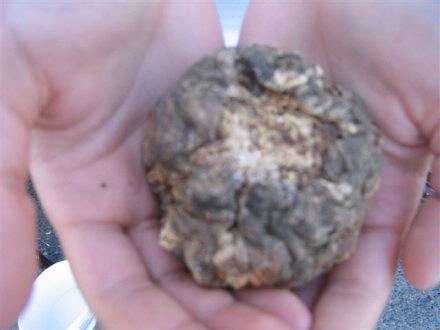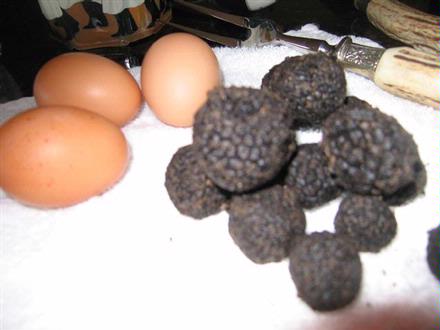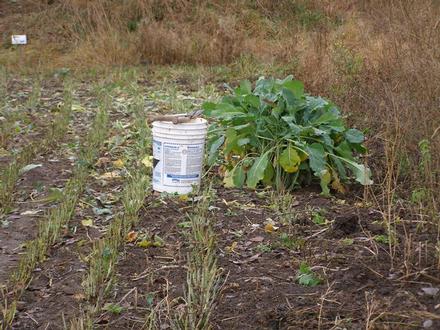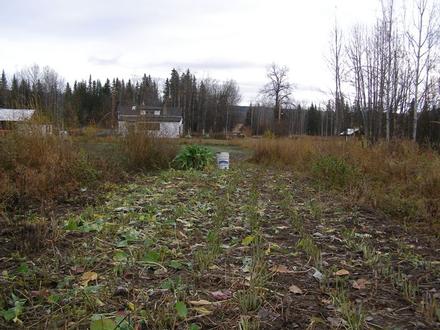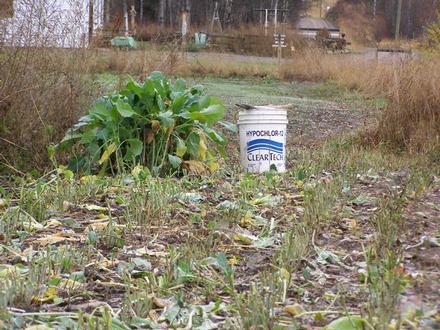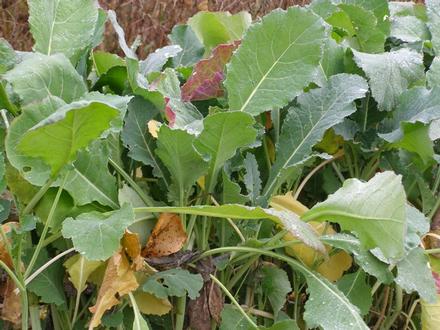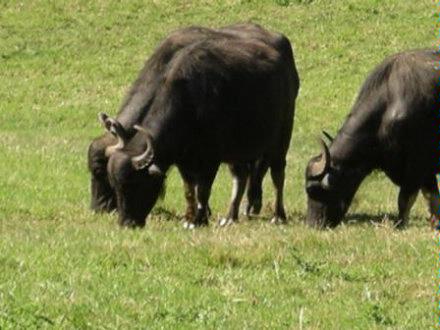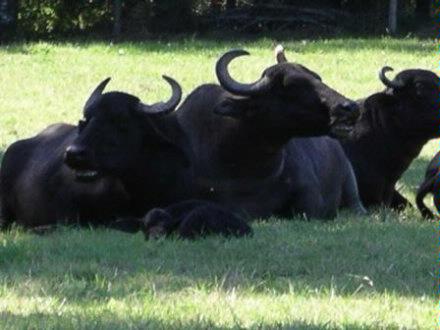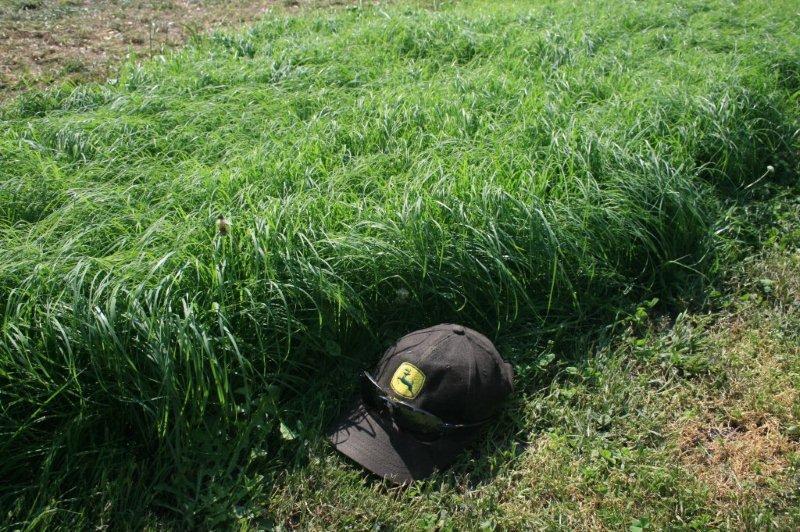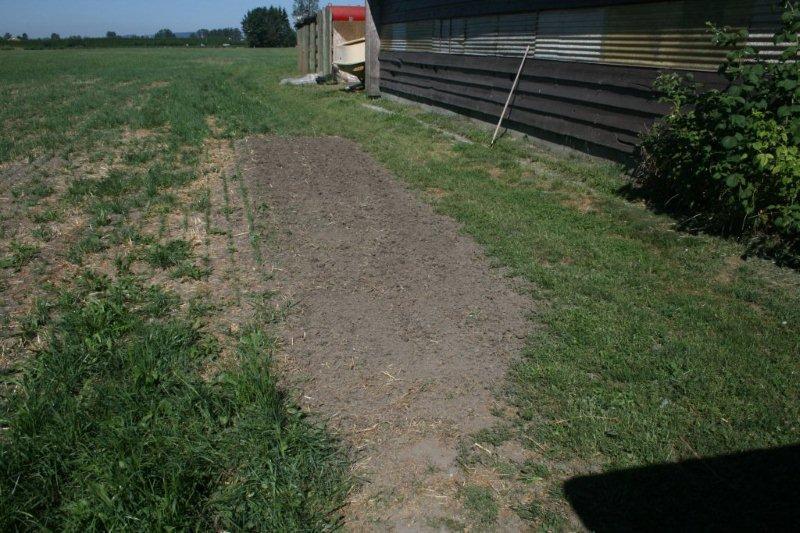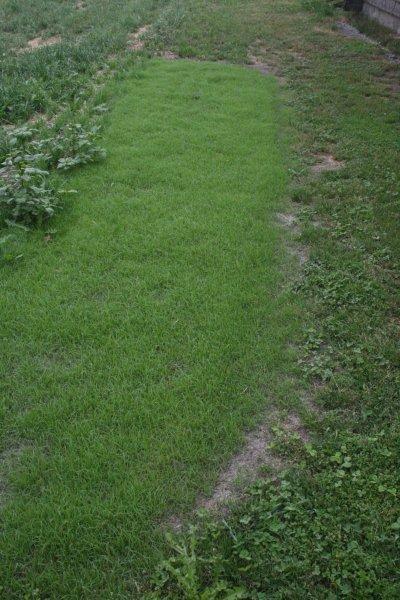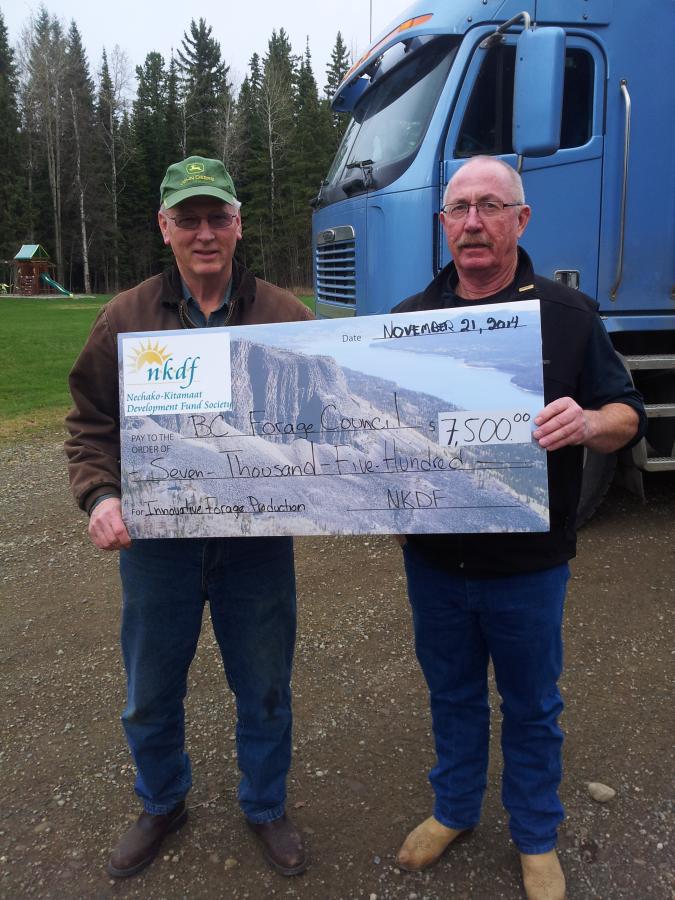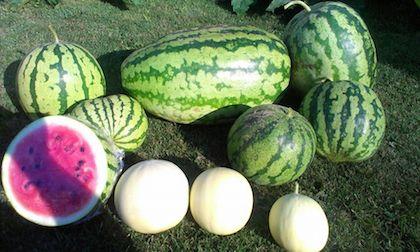Show All
4H
Auctions
BC Forage Council
BC Forage Council Cariboo Trials 2009-2011
BCFC Cariboo Fibre/Bedding Trials 2009-2011
BCFC Cariboo Wet Meadow Demo 2007 - 2008
Beef
Berries
Dairy
Farm Scenes
Flowers
Forage
Fruit
Goats
Grains, Oilseeds and Pulses
Haying
Horses, Donkeys and Mules
Irrigation
Kootenay Forage Trials
PFCA
Poultry
Praire Landscapes
Research - Agriculture & Agri-Food Canada, Agassiz
Research - Ammonia Tunnel Trial
Research - PFCA Corn Variety Trial
Research - PFCA Interior Valley Trials
Sheep
Spring on the Farm
Swine
Teff Grass
Telkwa Trials
Truffles
Vegetables
Weather Stations
butterfly 1
This is a photo of a butterfly my brother found on May 16 2005. Photographer: Grant Lestock-Kay.
butterfly Shirley
This picture was taken on May 20, 2005. The rhubarb plant in our garden was enjoying a visit from this beautiful butterfly. Rhubarb makes a favourite dessert in the spring. Photo by: Shirley Grayston, Dawson Creek, B.C.
113 1344 IMG
Dallas has just returned from School on Apr. 18, 2005 and was anxious to see the little pail bunter calf. Her Mom, Gina helped her to pose for this picture. Photographer: Shirley Grayston, Dawson Creek, B.C.
230708 Barnett5
There is a huge bare spot on the field that covers a small part of the trial plots. This spot corresponds to the area that had the most water on it for the longest period of time. Photo taken July 24th, 2008.
230708 Barnett6
There is some Timothy and Reed Canary coming up on the trial plot. Photo taken July 24th, 2008.
230708 Hinsche1
There are many native sedges coming back into the trial plots, as well as a few small, unidentifiable grasses. Photo taken July 24th, 2008.
230708 Hinsche2
The sedges are outcompeting any of the other plants on this plot. Photo taken July 24th, 2008.
230708 Hinsche4
One of a few voluntary Water Parsnip plants that are coming up in the plot area. Unlike, Water Hemlock, Water Parsnip is not toxic and poses no danger to animals. Photo taken July 24th, 2008.
230708 Hinsche9
The sedges on the outside (right) of the trial plot are much thicker and taller than those that have managed to re-emerge inside (left) the trial plot. Photo taken July 24th, 2008.
57101
Research technician, Frederic Bounaix, is carrying out an experiment on making better use of organic wastes (dairy manure in this photo) for crops. The project is being conducted at the Agriculture and Agri-Food Canada research facility in Agassiz, B.C. May 2005
A Wiens, T Klein, D Hatfied
Art Wiens, Traugott Kleiin, Doug Hatfield touring plots located at Art's place near Vanderhoof, BC. August 2008.
AlisonMa sized
Co-op student Alison Ma (Simon Fraser University) is brewing up some organic wastes for better feeding of crops. Ms. Ma is employed by Agriculture &Agri-Food Canada research facility in Agassiz, B.C. July 2005.
AppleTrees2
Okanagan apple trees taken in April 2005 along Highway 97 in Oliver at sunset. Photographer: L. Neish, Penticton.
Arm2008 FIG3
PFCA corn variety trial site for the Interior of the province is located in Armstrong, BC. The field is part of Jake van der Oort's Holstein Dairy. Field was seeded May 24, 2008.
Arm2008 FIG4
PFCA corn variety trial site for the Interior of the province is located in Armstrong, BC. Seeded May 24, 2008.
Arm2008 FIG5
PFCA corn variety trial site for the Interior of the province is located in Armstrong, BC. Seeded May 24, 2008.
Arm20100621
Photo taken Monday, June 21st shows PFCA plot from NW corner looking to SE. Herbicide applied prior to photo, plot thinned June 14th.
Armstrong Plot June 27 2006
Pacific Field Corn Association corn variety trials in Armstrong, B.C. June 27, 2006
Art Wiens,T Klein, Doug Hatfield
Art Wiens, Traugott Kleiin, Doug Hatfield touring plots located at Art's place near Vanderhoof, BC. August 2008.
Barnett May08 11
There is no sign of growth in any of the varieties that were planted. Photo taken May 27th, 2008.
Barnett May08 21
This site has far less pooling than Hinsche's, and the pooling that is occuring isn't covering much of the demonstration plot. Photo taken May 27th, 2008.
Barry Penner &Shabtai 2007
Hon. Barry Penner, MLA for Chilliwack-Kent and Minister of Environment (right) presents a cheque for $15,000 to Dr. Shabtai Bittman (left). The cheque, presented to the Pacific Field Corn Association was in support of the development and maintenance of environmental educational tools on the Farmwest website. 2007.
Big equipment
On April 25th we were travelling on the Rolla Road. This equipment was just going to start working. I don't think it would take long to cover a 1/4 section. Photographer Shirley Grayston, Dawson Creek, B.C.
Bull headed
I took this along White Lake Road near Kaleden, BC, May 2000. Photographer: L.W. Neish, Penticton, BC.
Canola starting to flower
This picture was taken on June 30, 2005 in the Rolla area. The canola is just starting to bloom. Photographer: Shirley Grayston.
Cattle on Hillside
This picture was taken in the Doe River area on June 30, 2005. The cattle are enjoying the afternoon on the hillside. Photographer: Shirley Grayston.
Chad with 4H Calf
Chad with his 4-H steer. 4-H is an organization dedicated to young people. The purpose of the 4-H program is to prepare girls and boys for their future as adult citizens. 4-H stands for head, heart, hands and health. (July 2007)
Cranberry Harvest booming
"Booming" In 2008, BC's 80 farm families will harvest 85 million pounds of cranberries from 6,000 acres from Richmond to Agassiz and on Vancouver Island. Making cranberries the biggest berry crop in BC, and making BC one of the largest cranberry producing regions in Canada!
DSCF0296
Hideki Yatsu &Edward Merced, from the Snow Brand Seed Co. in Hokkaido, Japan and Portland, Oregon, respectively, visited their timothy entry in the BCFC forage trials in Vanderhoof on Monday. They toured the trials at the Muir farm at Mapes and the Wiens farm on Highway 16W with local farmers and members of BCFC. They also learned about the role of late maturing Climax timothy in local forage mixtures and about livestock and hay operations in the area. June 13, 2005. Photo by Jim Tingle.
DSCF0298
Hideki Yatsu from Snow Brand Seed Co. Research Station in Hokkaido, Japan discusses timothy with BC Forage Council President Dave Merz at the Mapes test site on the farm of the Muir family. The BCFC tests grasses, alfalfa, cereal grain and cereal silage at both Vanderhoof area sites. June 2005. Photo by Jim Tingle.
DaveMerzJune04
Dave Merz outlining the Highway 16 Crop Testing Unit at the Smithers Field Day on June 18, 2004. Dave is standing in the cereal trials.
Dessert tray
A dessert tray ready, truffles enlighten all seven courses and put the cuisine over the edge. Duckett Truffierers. 2007.
Duckett Truffierer plantation 2007
Duckett Truffierers Plantation 2007. For more information email truffles@DuckettTruffierers.com
Fescue
This picture was taken in the Doe River area on June 30th. The Fescue is heading out in the Peace River country. It will be harvested for seed. Photographer: Shirley Grayston. June 30, 2005.
FrancoisLake Sep04
Plot Foreman Traugott Klein with helpers Margret and Mary Lea harvesting cereal grain test at Francois Lake, September 2, 2004.
Garry Oak
Vancouver Islands treasure, Garry Oak, has been used extensively as Ducketts host tree for truffle production.
Goji Quadra Island BC
We are experimenting with Goji berries in a greenhouse, several varieties of sea buckthorn and 15 hazelnut trees with perigord truffles on one acre of fine sandy ground facing SE on Quadra Island. We tried a couple hundred Goji outside, but they all perished as the weather was too wet for too long. All plants in the greenhouse are doing well. This winter has not been very cold - only a few days below freezing. Frank Boas, Heriot Bay, Quadra Island. (2009)
Harold Starr1 July 8 2009
Cariboo plots at Miocene Ranch (Harold Starr's) July 8, 2009. These plots were seeded on June 4, 2009.
Harold Starr2 July 8 2009
Cariboo plots at Miocene Ranch (Harold Starr's) July 8, 2009. These plots were seeded on June 4, 2009.
Harold Starr3 July 8 2009
Cariboo plots at Miocene Ranch (Harold Starr's) July 8, 2009. These plots were seeded on June 4, 2009.
Harold Starr4 July 8 2009
Cariboo plots at Miocene Ranch (Harold Starr's) July 8, 2009. These plots were seeded on June 4, 2009.
Harvesting Silage Admeier Farms 1
Harvesting first cut silage at Admeier Farm, Salmon Arm, B.C. June 2008.
Harvesting Silage Admeier Farms 2
Harvesting first cut silage on Admeier Farm, Salmon Arm, B.C. June 2008.
Harvesting Silage Admeier Farms 3
Harvesting first cut silage on Admeier Farm, Salmon Arm, B.C. June 2008.
Hinche May08 11
Some of the stakes were visible above the water, but on one side of the plot, the water was too high to see any of the stakes. We also noted that some sedges were starting to come back on the plot. Photo taken May 27th, 2008.
Hinche May08 21
It is hard to see the plot markers under this water and we even found that two of them were floating in the water, rather than staying put in the ground. Photo taken May 27th, 2008.
Hinche May08 31
This site has been completely flooded since the beginning of May. Photo taken May 27th, 2008.
Kenworth Hauling Seed grain 2005
This truck is in Dawson Creek and is hauling seed wheat for planting in the next day or two. April 27, 2005. Photographer: Shirley Grayston, Dawson Creek, B.C.
Kootenay Alpine Cheese Tour
We are visiting Wayne Harris (center, Kootenay Alpine Cheese) at his dairy farm and cheese processing plant. Wayne and his daughter Erin showed us around the dairy and explained how they switched from a conventional dairy to an organic dairy. A portion of the milk they produce is used to produce a variety of cheeses that can be found through out the Kootenay region at farmers markets, many food stores and as far away as the west coast. Pictured here, Wayne is sharing with us how they are able to graze their milking herd on lush pastures for a better part of the year then winter feeding with winter annuals and hay type crops all grown in close proximity to the farm. Their family goal is to have as low of a carbon footprint in producing milk and cheese as they can possibly have. June 2011
Kootenay Alpine Cheese Tour2
Pictured Erin Harris (Left, Kootenay Alpine Cheese) is touring us through some of the different areas of the dairy farm from the milking parlor, calf barn and into the feed alley where milk cows get free choice of farm grown grains mixed into hay and topped with tasty molasses. Erin also explained to us a little about how cheese is made and the fact that is such a long laborious task starting at processing, curing to packaging. We got a glimpse into a successful value added business and got a good appreciation that there are rewards but it can be hard work to go from idea to a marketable product. Erin has recently returned back to the farm from time spent in agriculture studies and has plans to stay on the family farm to grow the business. Seeing another young person here in the Kootenays staying in agriculture is so reassuring and part of the driver of putting together farm visits and field days. All of us together can by sharing and learning can find opportunities that keep us or start us down the road of a successful Kootenay agriculture venture. June 2011
LeahSheffieldJune04
Leah Sheffield, BC MAFF Agrologist for Smithers, also serves on the Project Advisory Committe.
LeroyTaylorJune04
Leroy Taylor, Smithers test site co-operator, looking at Courtenay Tall Fescue during the June 2004 Field Day.
Panama Flats
Panama Flats in Victoria, taken May 16, 2005. Turned out to be a great day after the morning downpour. Photographer: Rick Lavoie.
Pascal Susan sized
Research scientists, Drs. Pascal Delaquis and Susan Bach, collecting samples from an experiment on the fate of microorganisms from poultry manure following field application, at Agriculture and Agri-Food Canada, Agassiz, BC. June 2005.
Pretty girls
Caroline with three day old Angora doeling "Phoebe". June 19, 2005. Photographer: Alice Openshaw
Rainbow
Spring arrives early on Vancouver Island. This photo was taken on February 28th about 5:00pm. I was lucky enough to catch the double rainbow over our barnyard. No to find the pot of gold at the end of the rainbow! Photographer: C &D Springford, Nanoose Bay, BC.
Rob Davidson Grazing Tour
We are visiting Rob Davidson ( center, Ranch management coach and grazing consultant) at his farm out in one of his rotational graz
Seeding Oct2007 3
Seeding at Barnett's located NE of 150 Mile House. Ken, Corky &Jerry setting the plots.
Seedling trees being delivered
Garrett and Heather driving with "Countess", an Italian Lagotto Romangnolo Truffle dog. Seedling trees to be delivered. Spring 2008.
Sleeping Beauties Spring 2005
This photo of the baby calves and Mom babysitting was taken on Apr. 18, 2005. The photo was taken about 1 p.m. and the calves had just taken their afternoon nap in the warm sun. Photographer: Shirley Grayston, Dawson Creek, B.C.
Spa Girl
This photo was taken on May 14 at my spa day on the farm. It is a baby alpaca after she has her first bottle and was asleep on my deck. Photographer: Sharol Briere, Omineca Alpaca Ranch, Burns Lake, B.C.
Spring calves 2005
This Digital photo was taken April 18th. The calving season in this area has been great due to the good weather. The calves are enjoying a nice sunny, warm day. Photographer: Shirley Grayston, Dawson Creek, B.C.
Spring flowers 2005
We can be certain that spring has arrived in the Peace Country when we see these bright, yellow flowers. April 2005. Photographer: Shirley Grayston, Dawson Creek, B.C.
Squirrel 20051
This picture was taken on May 28th, 2005. This little squirrel enjoyed our company while we were having our lunch at the Kiskatinaw Park, 20 miles North of Dawson Creek. I shared my bag of peanuts with him. Photo by: Shirley Grayston, Dawson Creek, B.C.
Sunset on Fraser River
"Sunset by the Fraser River" was taken on March 14, 2005 at 5:46 pm. Photographer: J. Baur, Quesnel, B.C.
Truffle dog in training
"Choc", an Italian Lagotto Romangna truffle dog in training for truffle hunt 2007.
Wheat field with Doug
Wheat is a grass that is cultivated worldwide. Globally, it is the most important human food grain and ranks second in total production as a cereal crop behind maize; the third being rice.
Yellowhead sale crowd 3
Yellowhead Hereford &Northern Lights Angus Sale showing the crowd at the 2003 sale. This years sale will be Sept. 25, 2004, 7pm, Agriplex, Prince George, BC. (L. Kirton)
Yellowhead saleopening remarks
Yellowhead Hereford &Northern Lights Angus Sale Opening Remarks September 2003. This years sale: Sept. 25, 2004, 7pm, Agriplex, Prince George, BC. (L. Kirton)
alfalfa plots Fort Fraser
Alfalfa trials at Art Wiens in Fort Fraser BC. Seeded in 2004. In 2008, first cut was July 18 and second cut was September 27. This photo shows the re-growth after the first cut. Alfalfa produced a second cutting, but none of the grasses did. Photo taken August 2008.
alfalfa plots2 Fort Fraser
Alfalfa trials at Art Wiens in Fort Fraser BC. Seeded in 2004. In 2008, first cut was July 18 and second cut was September 27. This photo shows the re-growth after the first cut. Alfalfa produced a second cutting, but none of the grasses did. Photo taken August 2008.
alfalfa plots3 Fort Fraser
Alfalfa trials at Art Wiens in Fort Fraser BC. Seeded in 2004. In 2008, first cut was July 18 and second cut was September 27. This photo shows the re-growth after the first cut. Alfalfa produced a second cutting, but none of the grasses did. Photo taken August 2008.
amm tunnel 14
Some of the forage crew from the Agriculture Canada Research Station, Agassiz, B.C. May 2005.
amm tunnel 20
Gas collected from tunnels is passed through acid bubblers (in cylinders), then to gas meters. May 2005.
barley1
Half of the world's barley production is used as an animal feed. A large part of the remainder is used for malting and is a key ingredient in beer and whiskey production.
barley2
Barley is an annual cereal grain, which serves as a major animal feed crop, with smaller amounts used for malting and in health food. It is a member of the grass family. In 2005, barley ranked fourth in quantity produced and in area of cultivation of cereal crops in the world.
barnett1 27
It seems like the water has just left the trial plot area and the ground is still very soft. Photo taken May 27th, 2008.
barnett2 27
Many stakes have been knocked over and seven are missing. Five of them are found around the plot, but two of them are still MIA. Photo taken May 27th, 2008.
barnett3 27
Water is still covering part of the plot, and the part that it isn't covering isn't showing signs of growth for any of the trial varieties. Photo taken May 27th, 2008.
barnett5 27
This stake shows that the water must have been around 6 inches high at some point during May. Photo taken May 27th, 2008.
barnett6 27
The first impression of the site when we arrive is that there isn't too much water left on it, and there isn't any growth occurring either. Photo taken May 27th, 2008.
calf milk
On the logging road behind the Weyerhauser Mill in Okanagan Falls, there is open range for cattle. We had to carefully drive past this cow-calf connection as the youngster decided to feed in the middle of the road. June 2004. Photographer: LW Neish, Penticton, BC.
calvin feeding
Preschool field trip the a local farm where they raise sheep. Dawson Creek, B.C. Photographer: C. Forbes.
canola in flower July 2007
Canola is a trademarked quality description of a group of cultivars of rapeseed variants from which low erucic acid rapeseed oil and low glucosinolate meal are obtained. Canola was initially bred in Canada in the 1970s. The word "canola" is derived from "Canadian oil, low acid".
climate station
This CLIMATE STATION is located at Silver Hills Ranch, east of Lumby on the Shuswap River. It measures temperature, wind velocity and speed, solar radiation, rainfall, and it has the capacity to measure soil moisture as well (we haven
corn field 1
The first signs of life from this plowed field At Panama Flats in Victoria. It's hard to believe that this field was a lake and home to a couple swans just 4 months ago, but every winter it's at least a foot deep. Photographer: R. Lavoie.
corn field 2
The first signs of life from this plowed field At Panama Flats in Victoria. Photographer: R. Lavoie.
counting sheep
I took this photo on a visit to the Keremeos Grist Mill, May 2004. The sheep seems to be dreaming as it stands there snoozing against the tree.... Photographer: L.W. Neish, Penticton, B.C.
donkey
A male donkey is called a Jack; a female donkey is a jennet. Donkeys can be used for predator control for livestock. If a donkey hears a strange sound, it will alert the herd to danger by voicing a warning. The donkey will then chase the predator, and endeavour to trample it. (FT)
garden 2010 5
Oats, stinkweed, a few dandelions and a healthy crop of trefoil coming on. Summer 2010.
hay mix June 2006
This field was planted in May of 2005 with no cover crop to a mixture of Birdsfoot Trefoil, Titan Timothy, Fleet Meadow Brome and Courtney Tall Fescue. We did harvest about one ton per acre in August of that year, but the first real harvest was in 2006. The attached picture shows the crop we cut from this field in June of 2006, 13 months after it was planted. As you can see there is almost no Birdsfoot Trefoil showing, in fact I thought it all winter killed. It was not until this year (3rd year) that the trefoil has started to show again. All the info that I read, states that Birdsfoot Trefoil is slow to establish, I just did not understand how slow. The other plants in the picture are meadow brome and tall fescue. I would say the trefoil is fairly spotty in this field, although it is filling in more every year. Who knows, maybe in a few years it will be thick all over. Ideally, the stand will last 5-10 years, but I was not pleased with the crop this year and will have to reassess it next spring. The best example of trefoil I know of is in McBride. There is a lower river bench field in its 5th year and it has not been fertilized it in three years. The grass definitely showed the lack of nitrogen, but the trefoil was strong all over the whole field (about 70 acres) and by late July, he had a decent crop. My experience tells me that the trefoil does not compete well with well fertilized grass, but would probably do well in a pasture situation.
hay mix field flooded spring 2007
We had a tremendous amount of flood damage this spring and last spring on this field (the other attached photo is the same field in the spring of 2007) and also a lot of winter damage last year.
hazelnut canopy 3
Pruning Hazelnut canopy in March in plantation settings eliminates canopy, allowing sun filtration to root area, prune in inverted cone to increase soil heat - water required in producing mature plantations - especially in August/Sept.
hinsche1 27
The entire plot is covered in at least a foot of water and has been that way for the past month. Photo taken May 27th, 2008.
hinsche1 30
The plot now has some growth occuring on it. One end of it is far more dense with plant life than the other. Photo taken June 30th, 2008.
hinsche2 27
The water is almost up to the 12" mark on the fence post. This is the lowest level of water on the plot. Photo taken May 27th, 2008.
hinsche2 30
There are sedges growing inside the plot now, but they aren't as thick or vigorous as the ones that are growing outside the fencing. Photo taken June 30th, 2008.
hinsche3 27
The natural vegetation of sedges is thriving around the plot area. Photo taken May 27th, 2008.
hinsche3 30
There is still water pooling in some parts of the plot and the ground is still saturated with water. Photo taken June 30th, 2008.
hinsche4 27
The kill that was done on this plot before seeding seems to have been effective, since there are lots of sedges growing outside the plot and not many inside. Photo taken May 27th, 2008.
hinsche4 30
There is minimal, if any, growth of the trial varieties on the plot. There are lots of sedges though. Photo taken June 30th, 2008.
hinsche5 27
It doesn't appear that any of the varieties that have been planted are coming up under the water. Photo taken May 27th, 2008.
hinsche5 30
The ground on the plot is still quite wet and the plants that are starting to come up are natural vegetation, rather than the trial varieties. Photo taken June 30th, 2008.
hinsche6 27
The site is entirely enclosed with fencing to prevent any cattle from entering it. Photo taken May 27th, 2008.
irrigation pond
Panama Flats has this quiet picturesque irrigation pond surrounded by plowed fields, right in the heart of Victoria BC. Photographer: R. Lavoie.
kissing
Two babies eating the same piece of hay till their lips meet ... January 2005. Photographer: Sharol Briere, Omineca Alpaca Ranch, Burns Lake, B.C.
manureappln sized
Swedish manure experts, Dr. Lena Rodhe(left) and Gustav Rogstrand (right) visit Agriculture &Agri-Food Canada at Agassiz to discuss manure application with AAFC technician Frederic Bounaix (right centre) and Ken Tanner (left centre) from Holland Equipment Ltd. July 2005.
milk mouth
Baby alpaca with "milk mouth". Photographer: Sharol Briere, Omineca Alpaca Ranch, Burns Lake, B.C.
newly planted seedlings Dec 2005
Newly planted hazelnut and Garry Oak tree seedlings at Duckett Truffierers, December 2005.
planting 10
Planting corn by hand at the Agriculture Canada Research Station, Agassiz, B.C. May 2005.
seedling trees innoculated with truffle
Seedling trees innoculated with certified phyto-saitized Black Perigord Truffle.
sheep May 2004
Went to visit a local farm for a preschool field trip and the sheep were very nosey. Dawson Creek, B.C. Photographer: C. Forbes.
sunflower1sized
Sunflowers grown at the Agriculture Canada Research Centre in Agassiz, BC. August 2005.
sunflower2sized
Sunflowers grown at the Agriculture Canada Research Centre in Agassiz, BC. August 2005.
sunflower3sized
Sunflowers grown at the Agriculture Canada Research Centre in Agassiz, BC. August 2005.
tall fescue Fort Fraser
Perennial forage trials at Art Wiens in Fort Fraser BC. Tall Fescue seeded in 2004. Crop was harvested once in 2008 - this photo shows regrowth after first cut. Photo taken August 2008.
tall fescue Fort Fraser1
Perennial forage trials at Art Wiens in Fort Fraser BC. Tall Fescue seeded in 2004. Photo shows regrowth after first cut. Photo taken August 2008.
timothy(left)tallfescue(right)
Perennial forage trials at Art Wiens in Fort Fraser BC. Timothy on the left and tall fescue on the right. Plots are 5 years old. These plots were harvested for one cutting in 2008. This photo shows more regrowth on tall fescue, but not enough for a second cut. Photo taken August 2008.
tractordaffodil
1950 John Deere MT Tractor in a field of daffodils on Saanichton Farm. March 2005. Photographer: Bryce Rashleigh, Saanichton, BC.
tractors
This is a tractor display at the Keremeos Grist Mill in Keremeos, BC taken in July 1997. Photographer: L.W. Neish, Penticton, BC.
truffle
Dried truffles have been found throughout summer 2009- Jan/Feb 2009 was covered with layers of snow during some of the harvest, leaving excellent spore for another year.
turnip4
Close-up of forage turnips. They germinated and just sat there all summer until August and then took off. Summer 2010
water buffalo calves and dog
Water buffalo calves &dog. Photo from Fairburn Farm - water buffalo dairy.
water buffalo herd grazing
Water buffalo herd grazing. Photo from Fairburn Farm - water buffalo dairy.
water buffalo herd grazing2
Water buffalo herd grazing. Photo from Fairburn Farm - water buffalo dairy in Duncan, BC.
water buffalo herd with newborn calf in front
Water buffalo dairy herd. Newborn calf in front. Photo from Fairburn Farm - water buffalo dairy in Duncan, BC.
wineglass
This wine glass must have been left on the frame of this farm machine and forgotten, after the spring plowing was done. May 2005, Victoria. Photographer: R. Lavoie
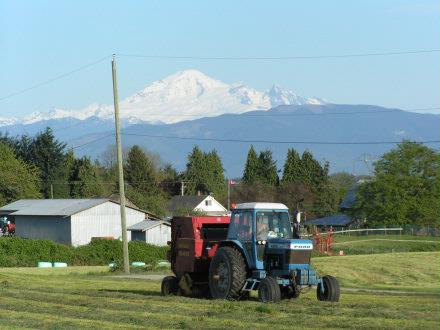
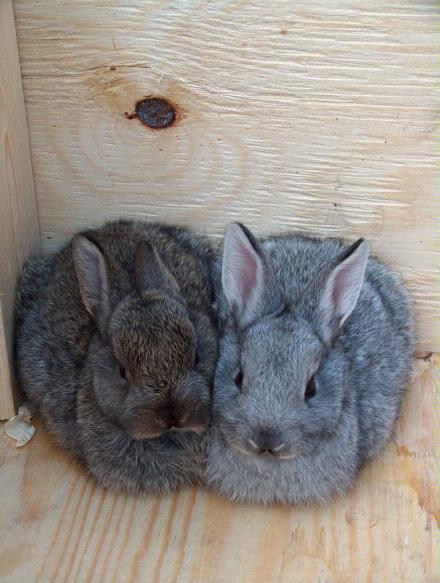
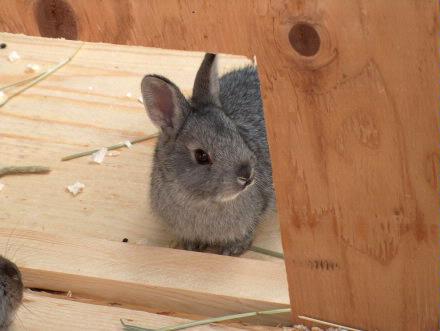
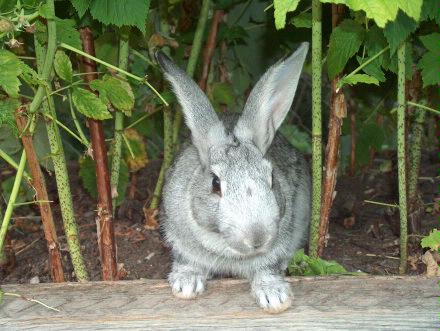
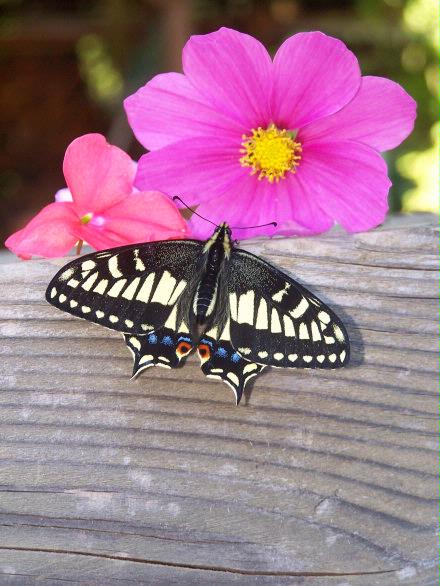
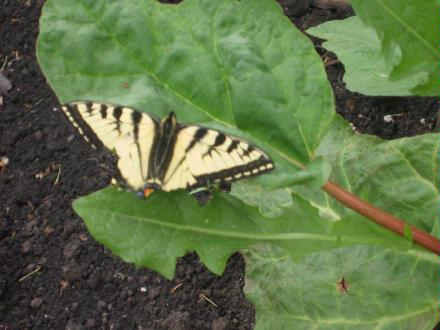

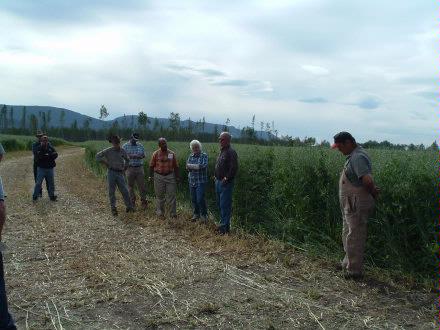
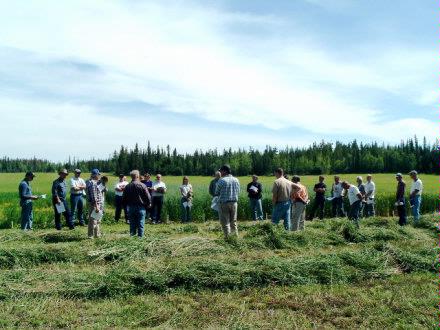
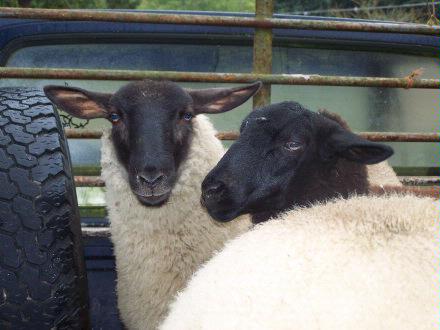
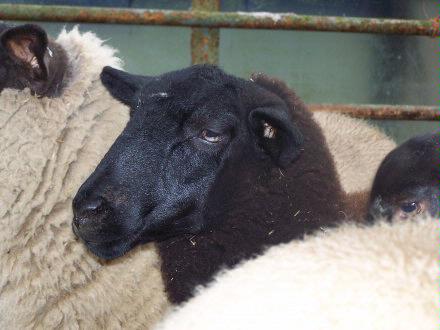
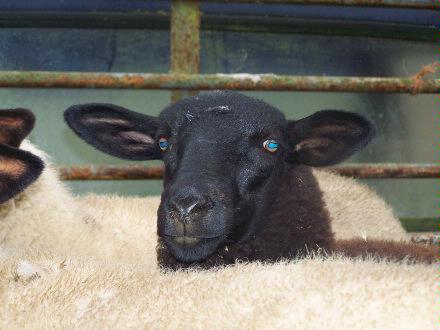
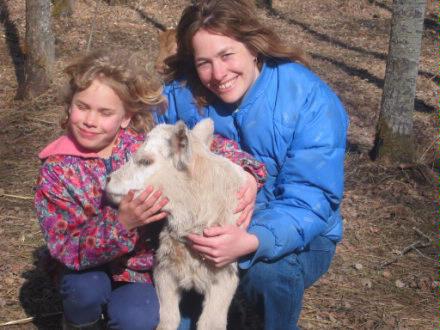
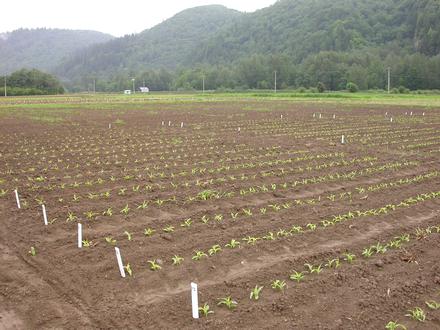
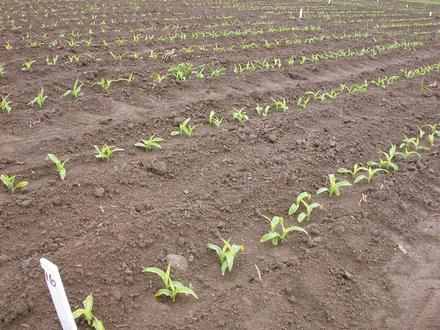
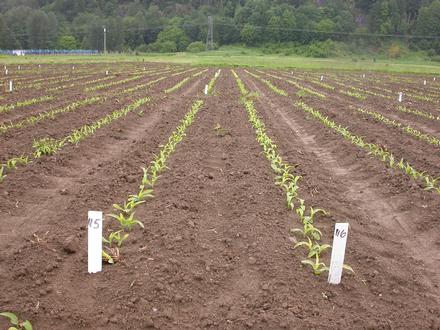
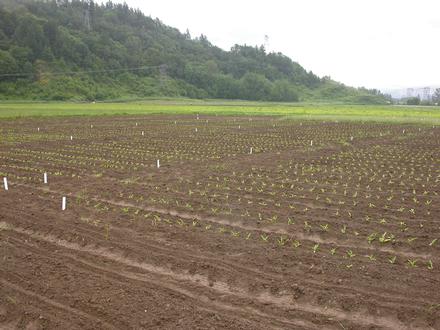
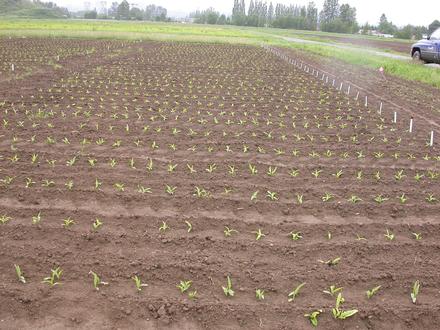
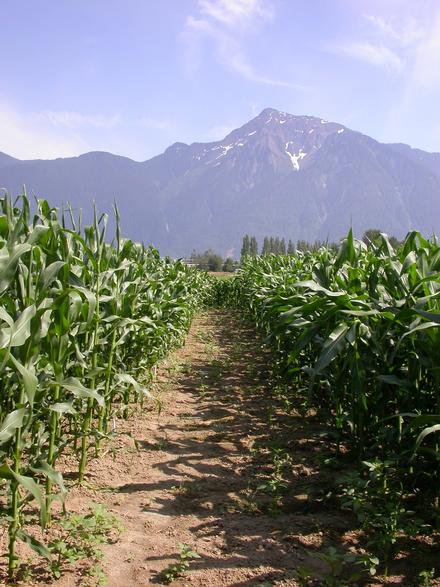

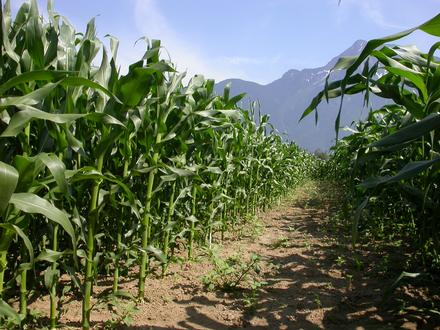
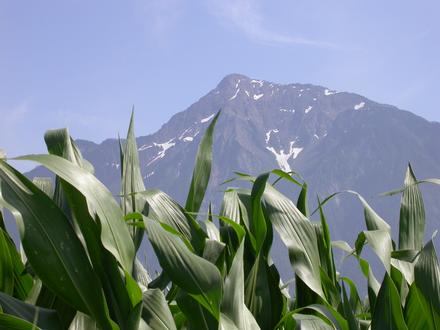
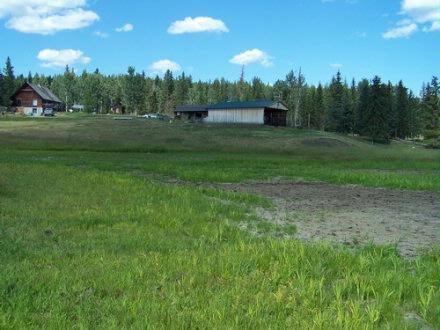
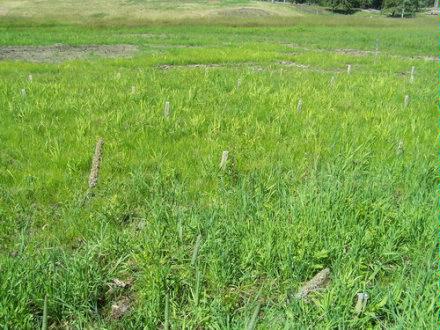
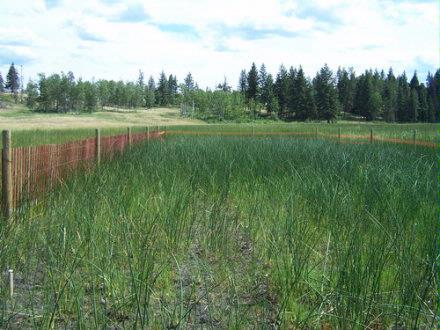
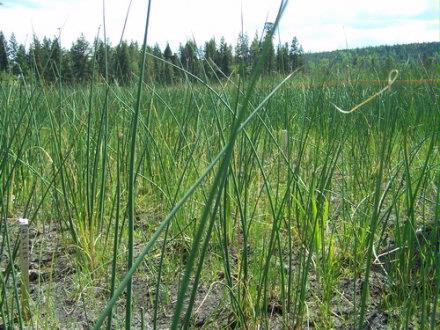
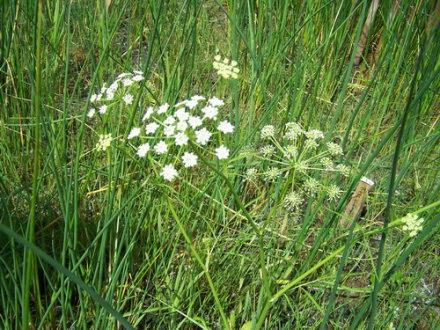
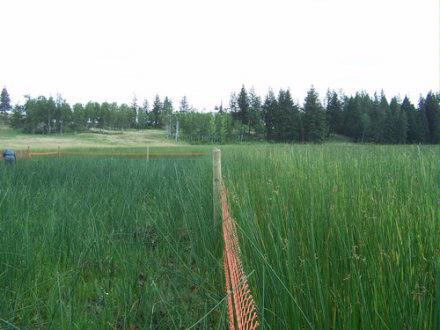
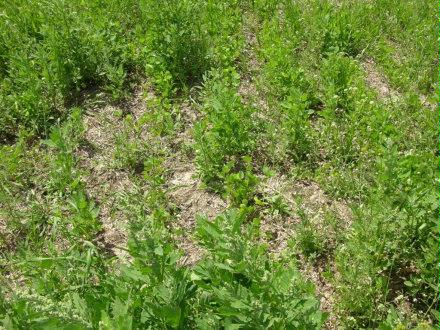
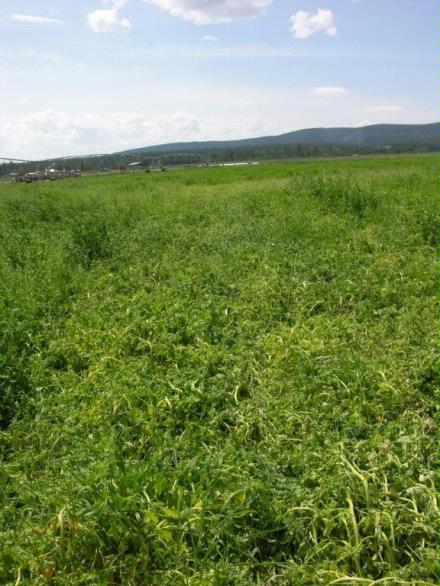
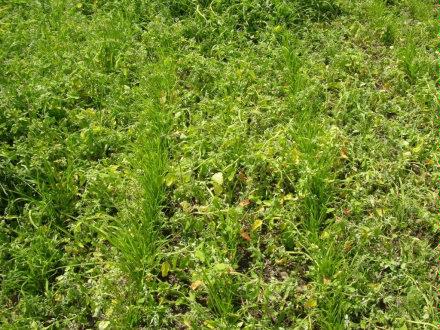
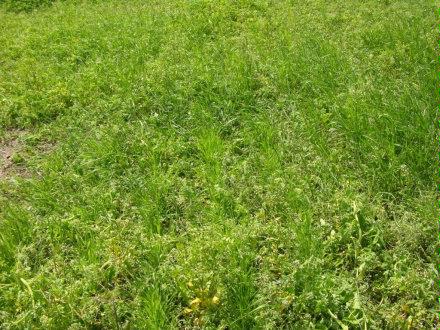
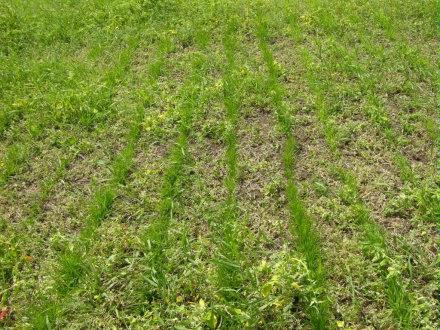
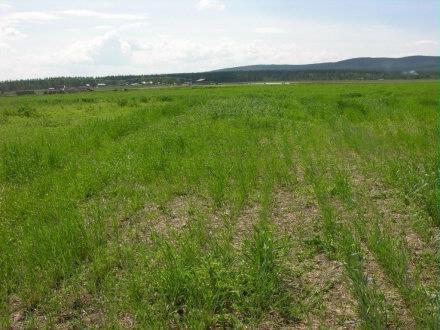

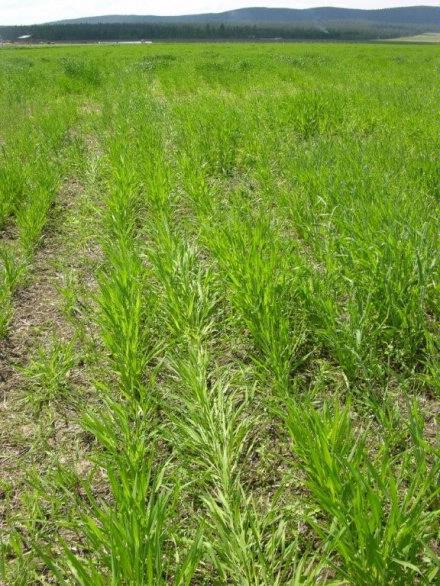
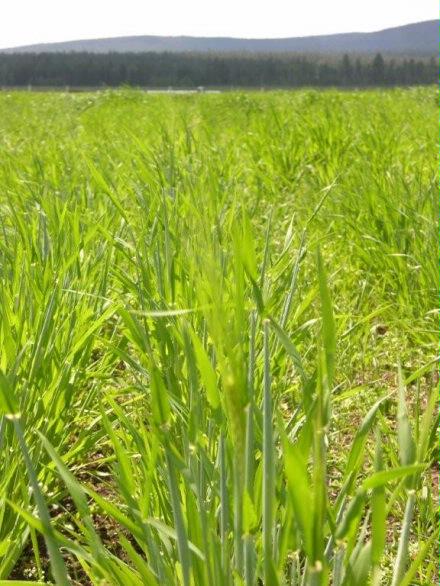
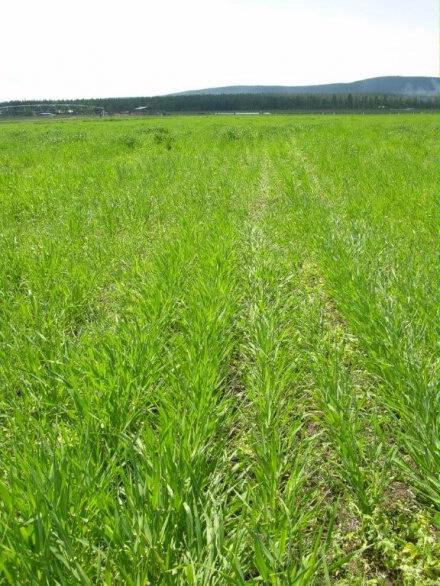
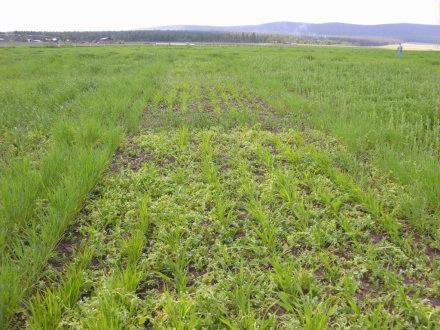

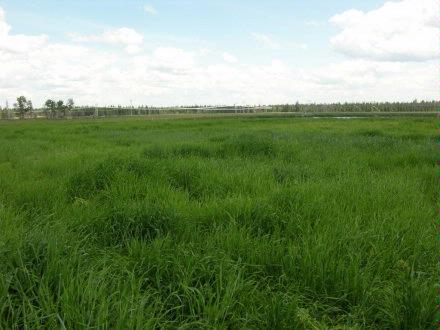
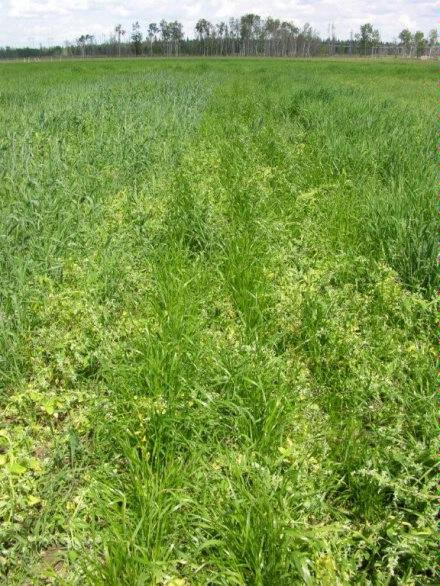
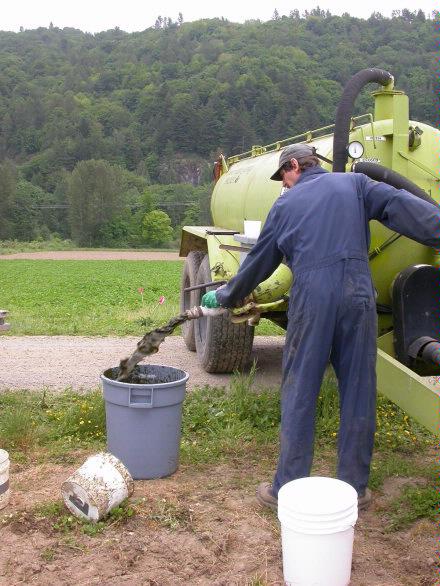
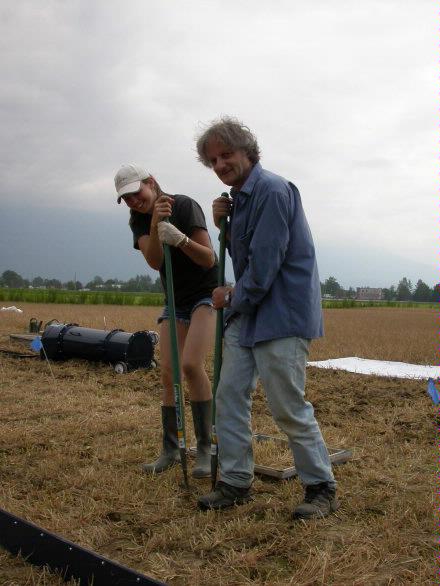
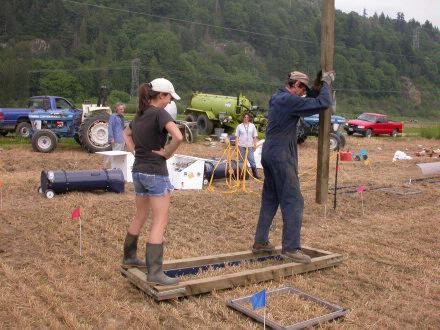
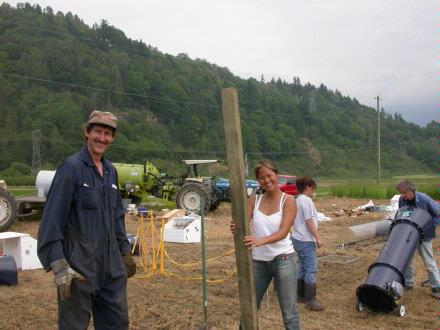
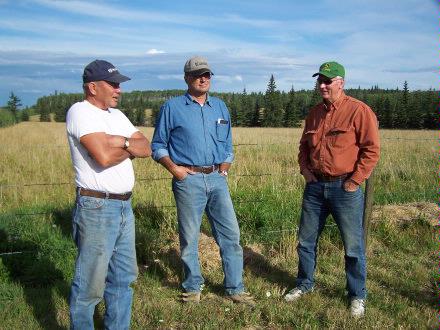
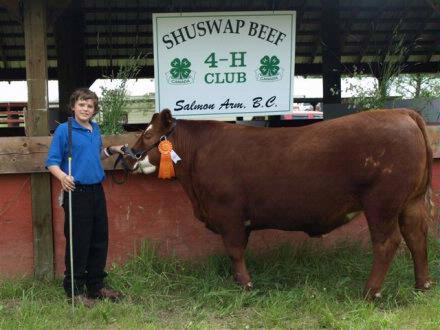
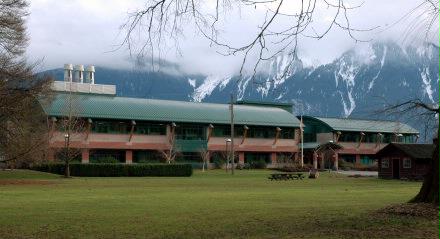
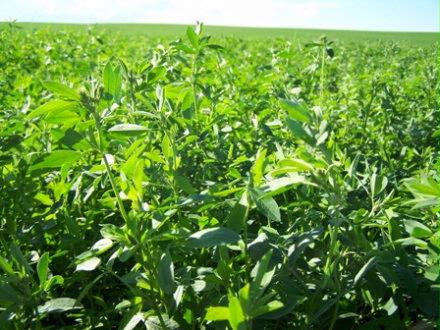
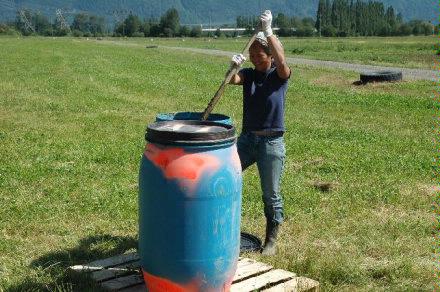
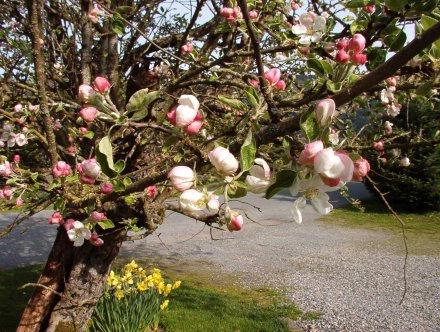
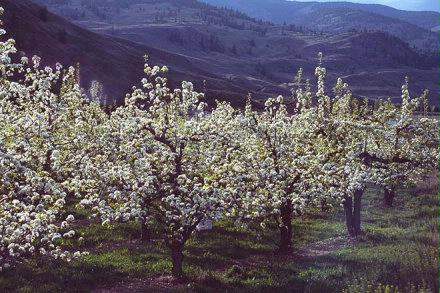
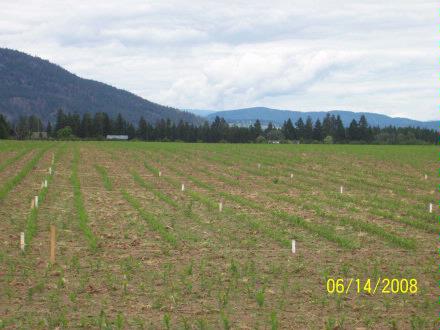
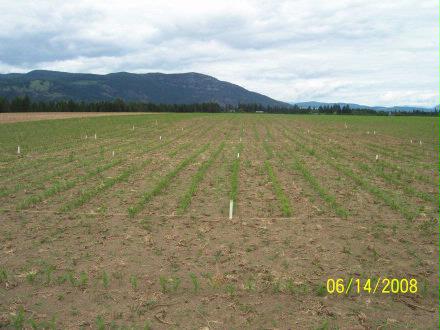
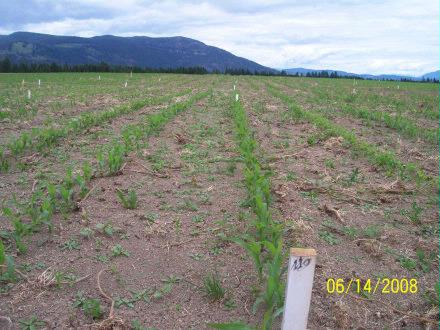
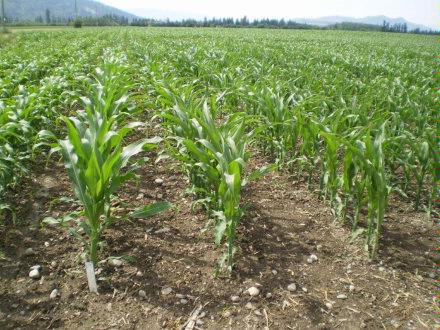
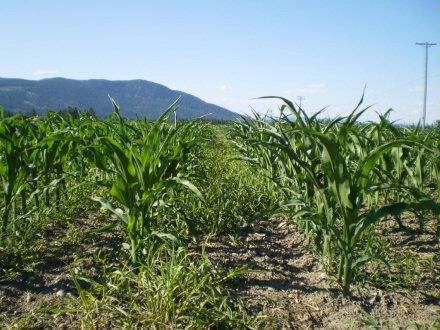

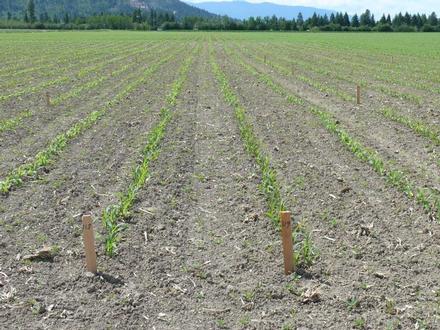
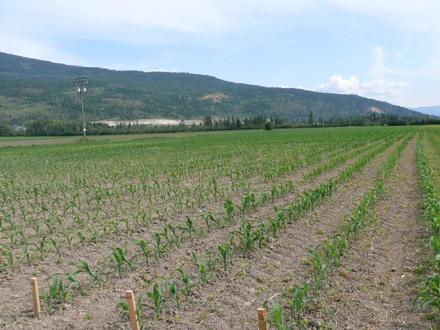
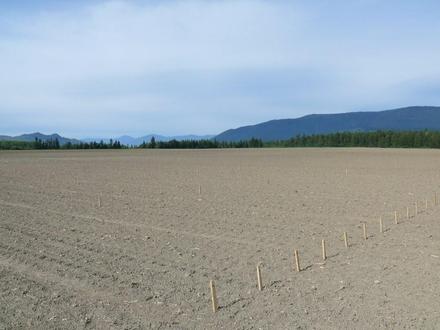
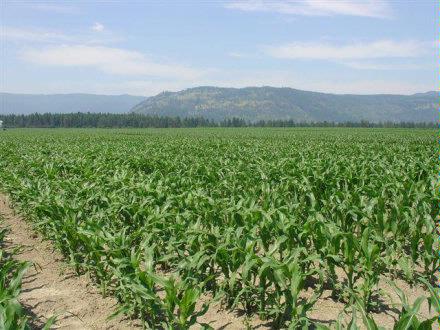
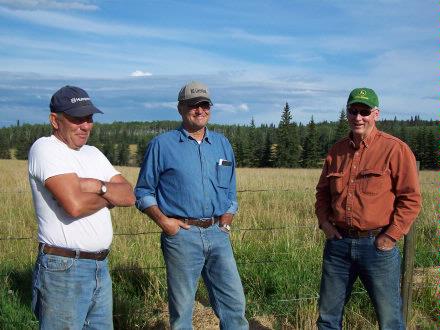
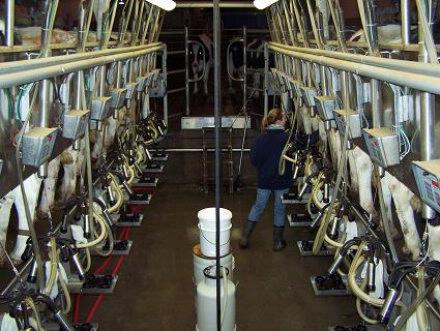
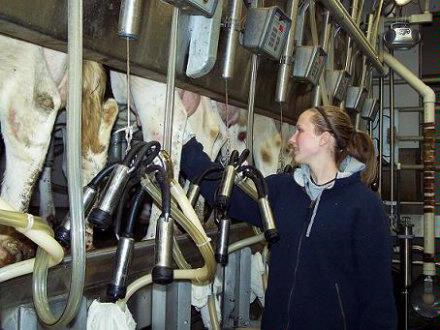
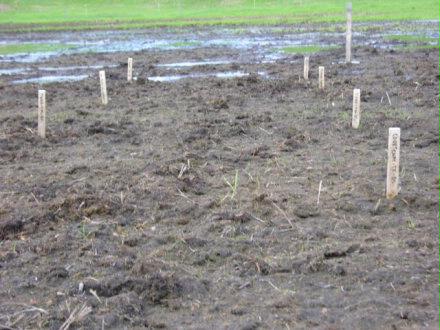
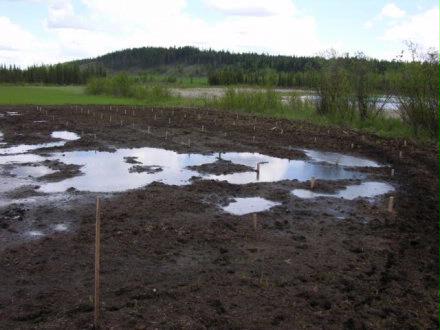
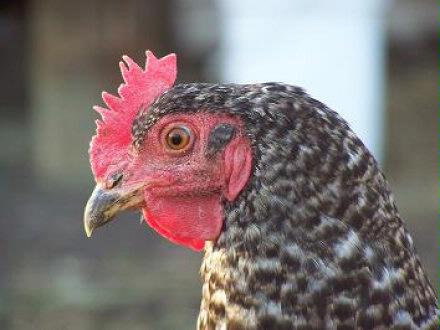
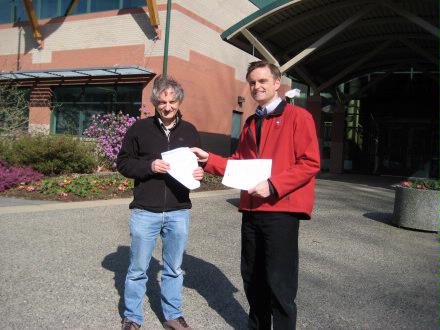
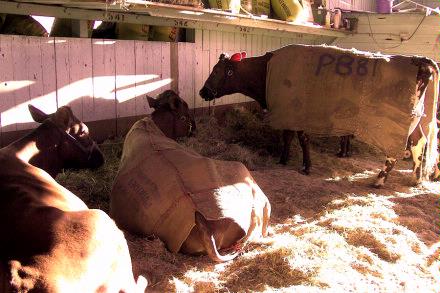
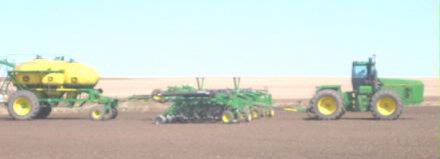
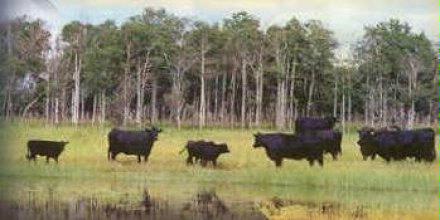

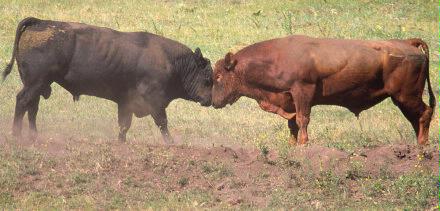

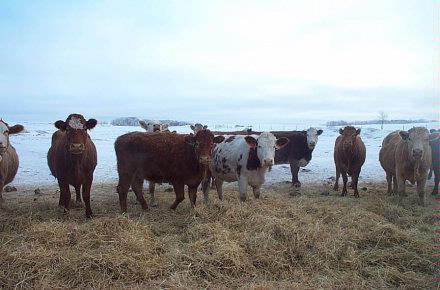
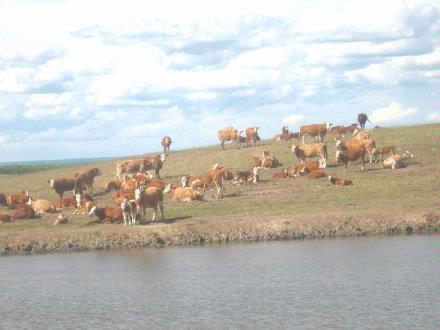
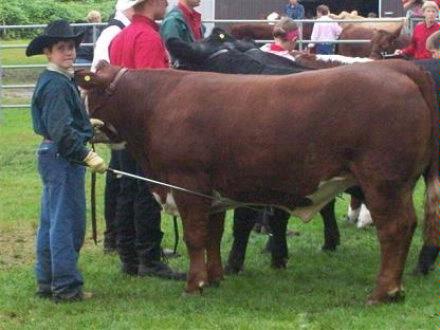
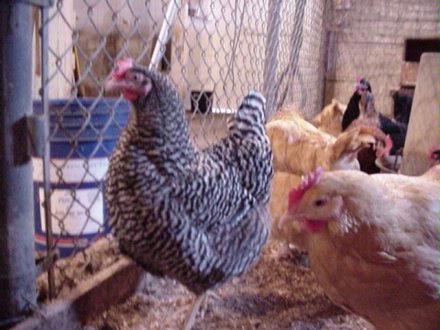

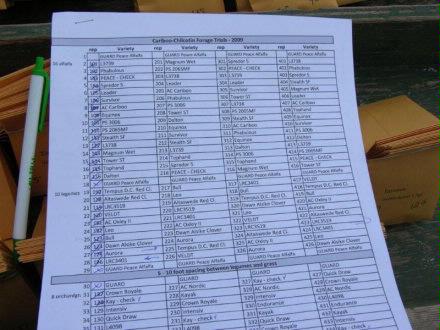

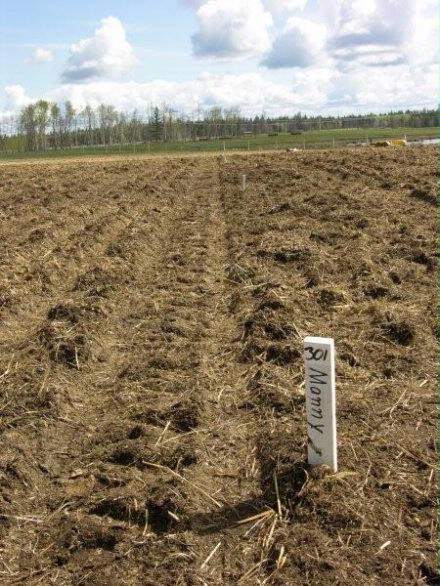
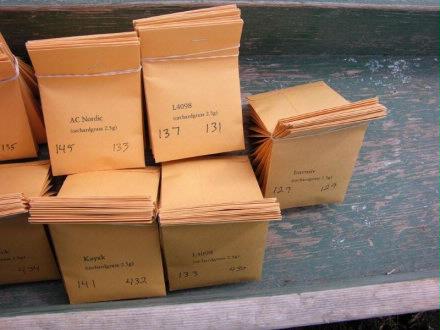

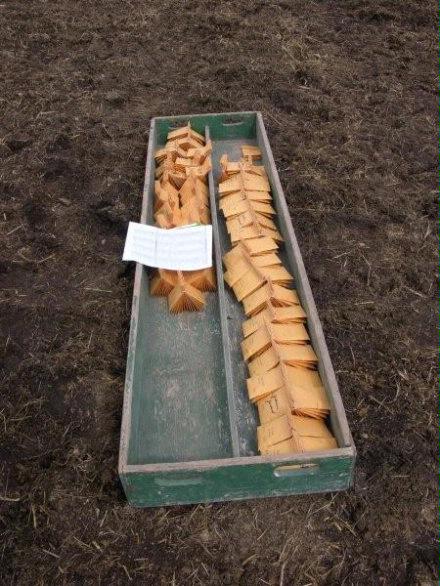
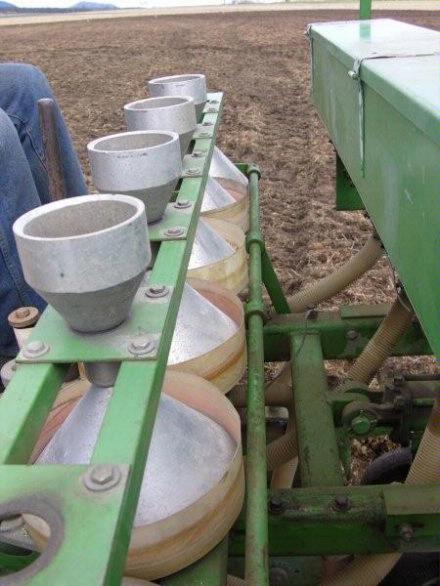
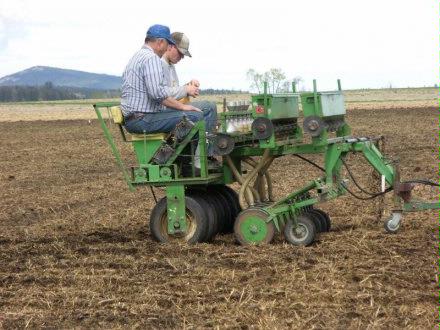
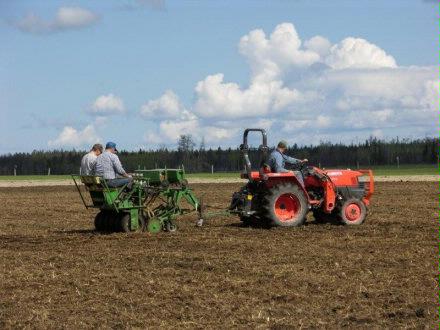

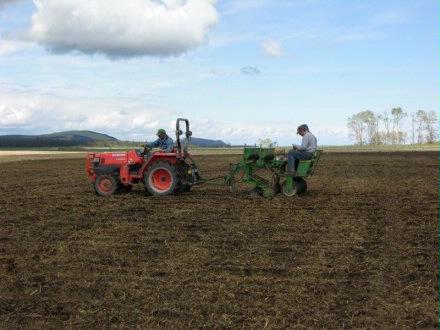


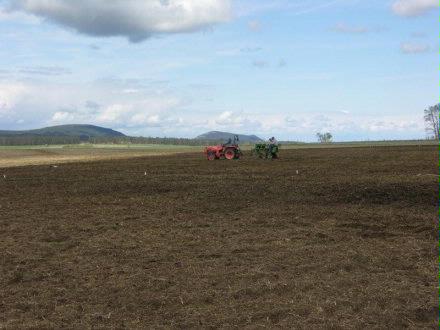
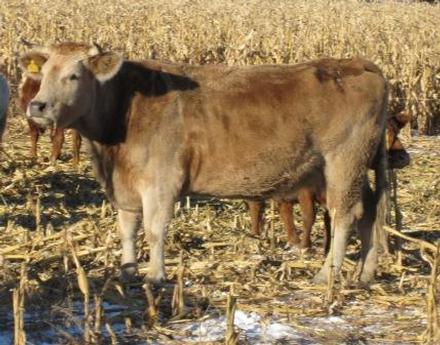

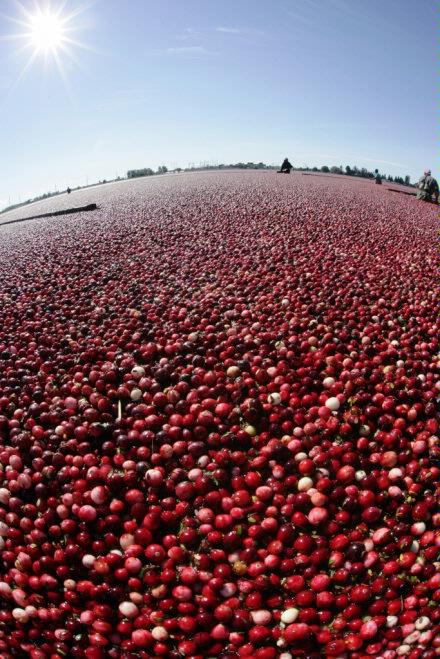
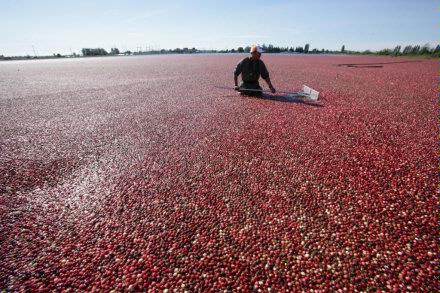
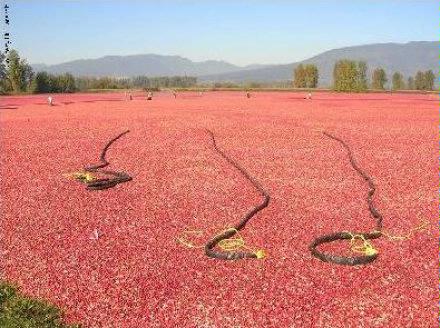
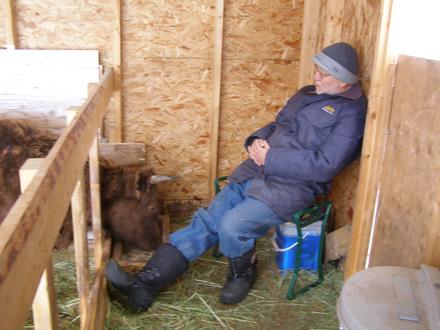
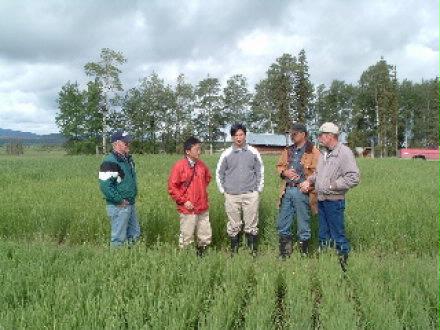
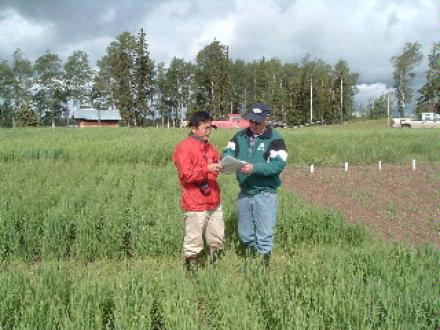
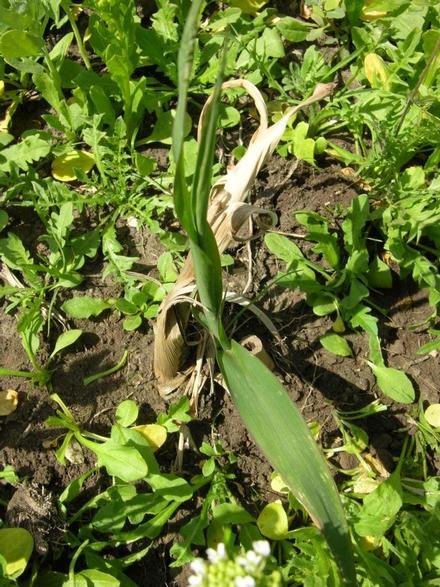
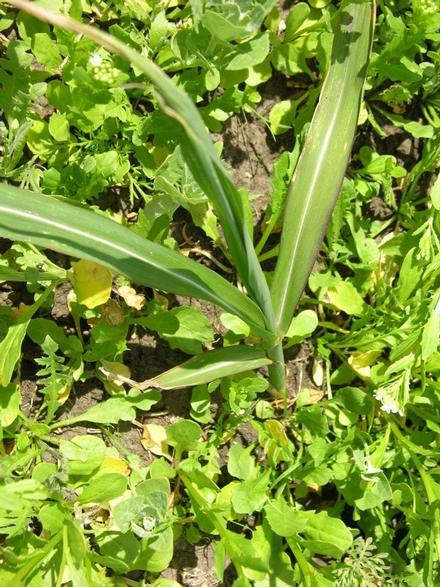

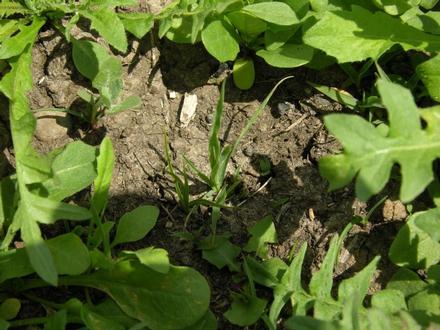
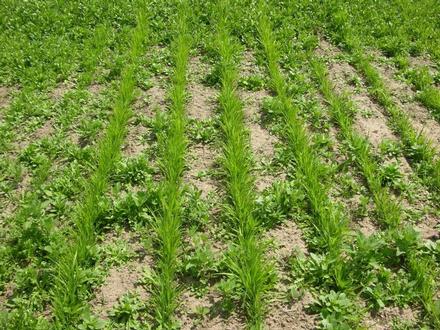
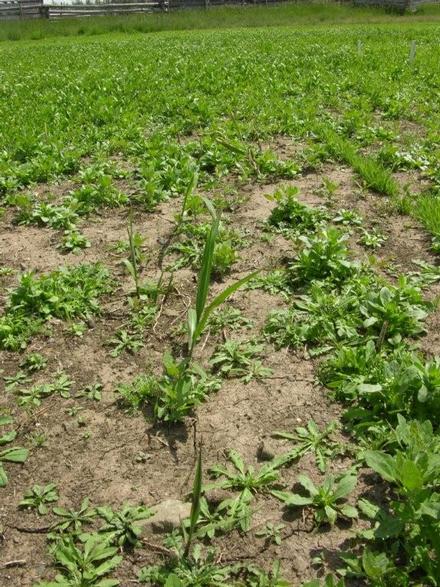
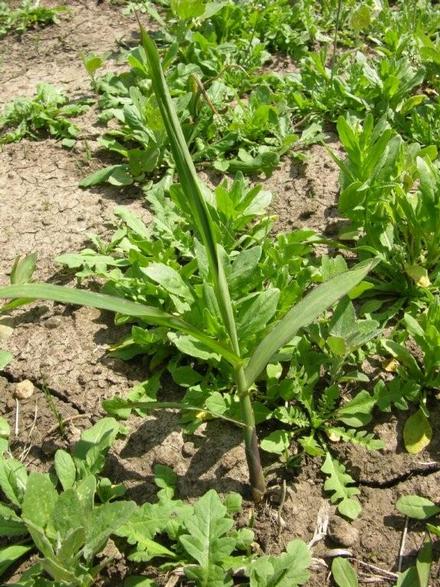
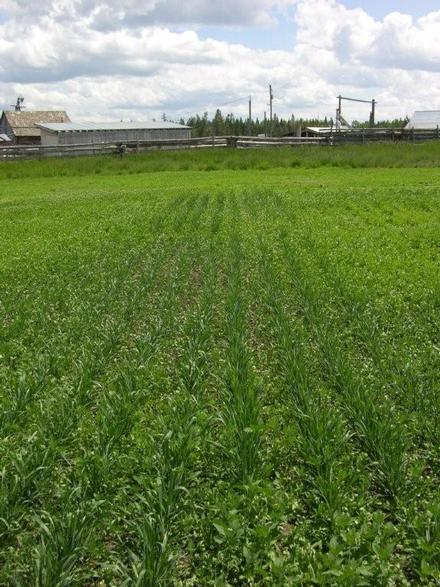
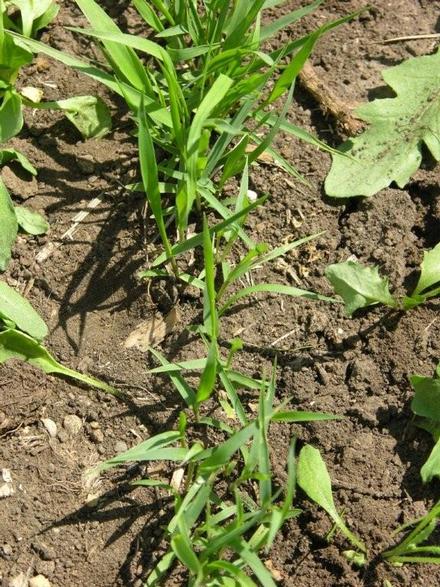
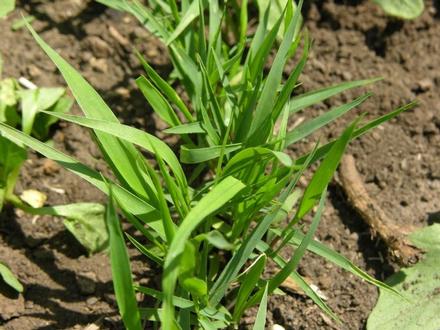
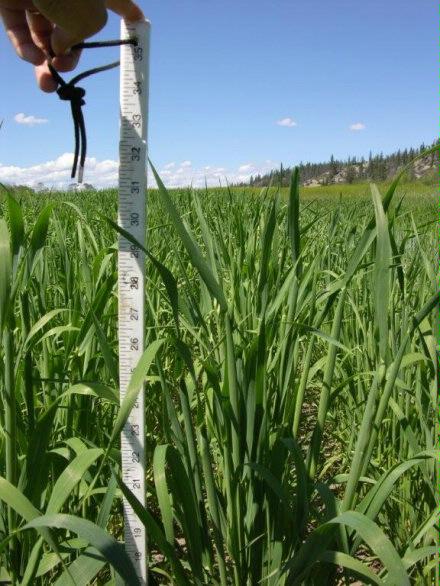
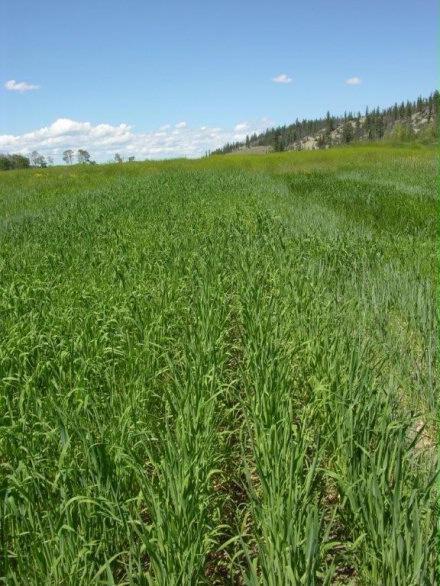
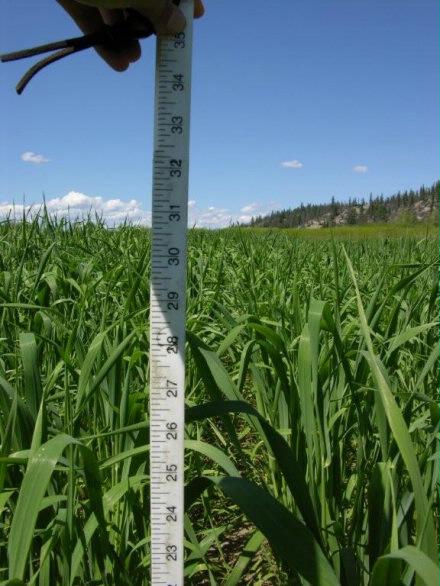
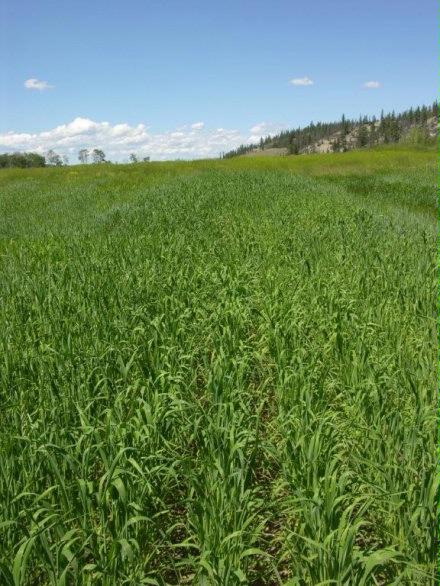
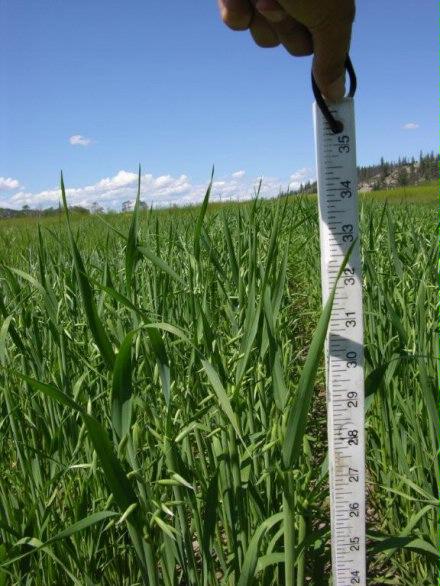
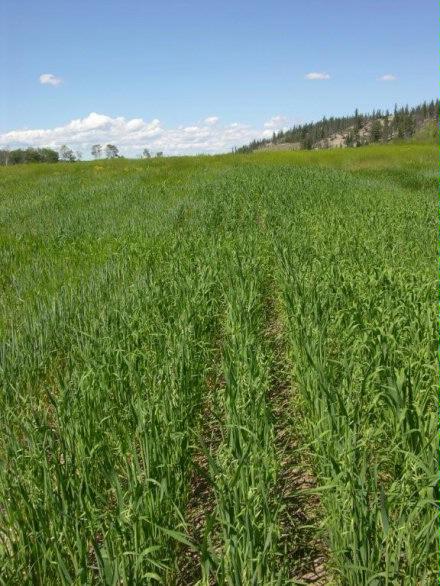
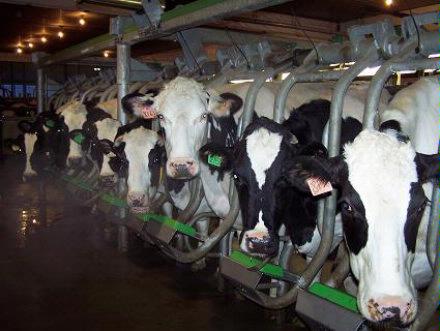
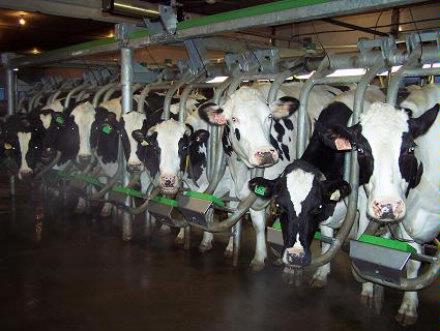
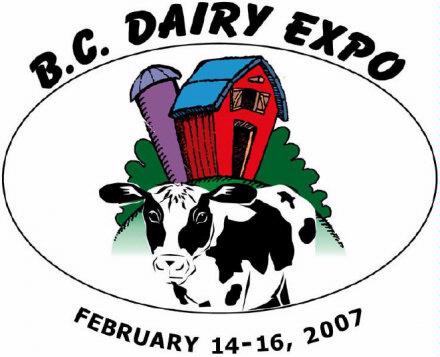

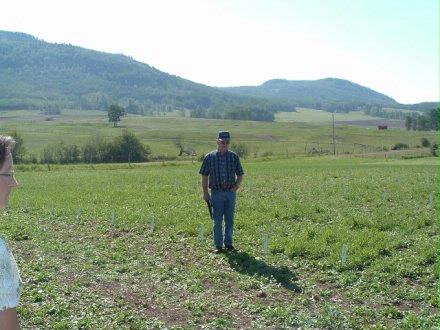

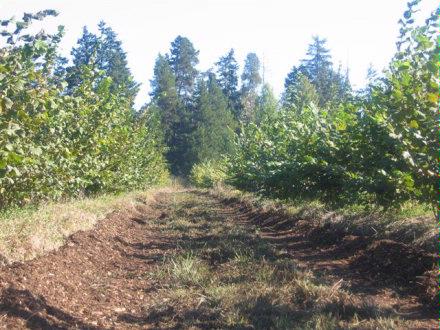
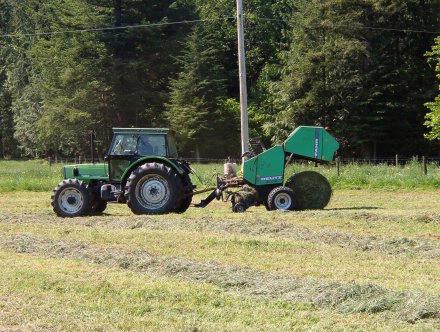

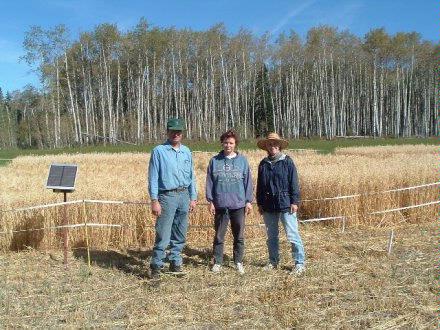
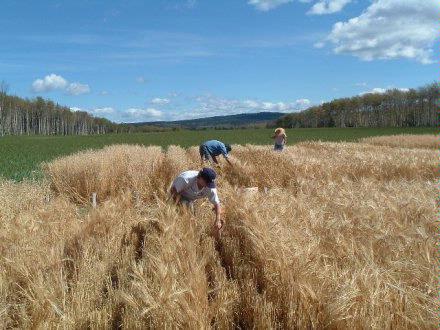
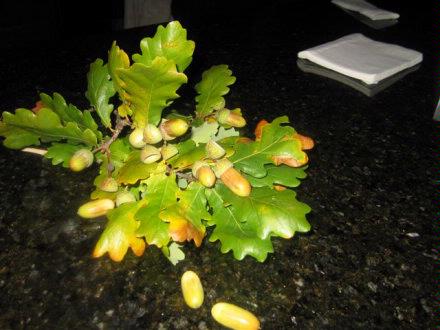
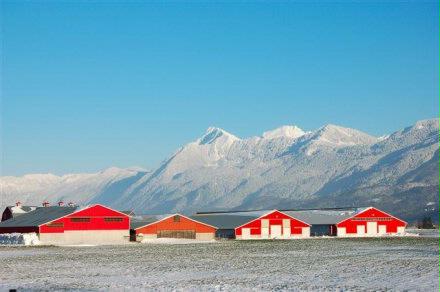
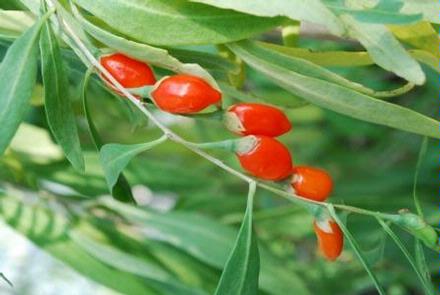
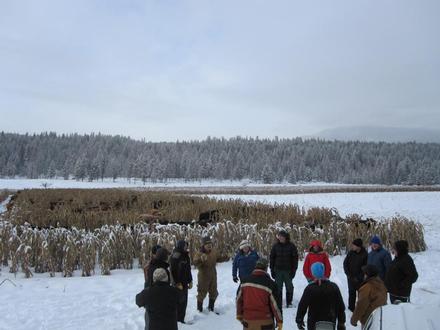
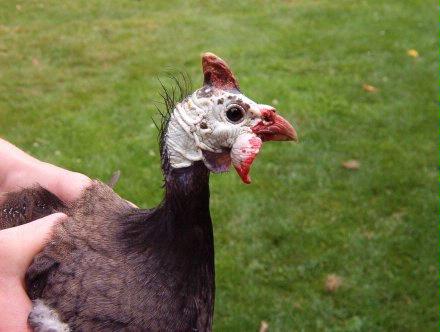
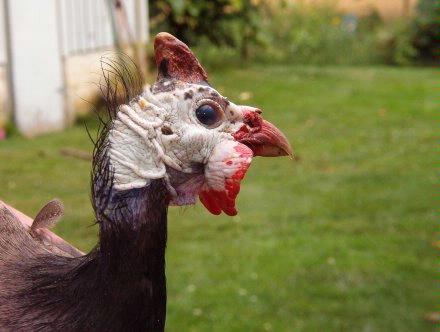
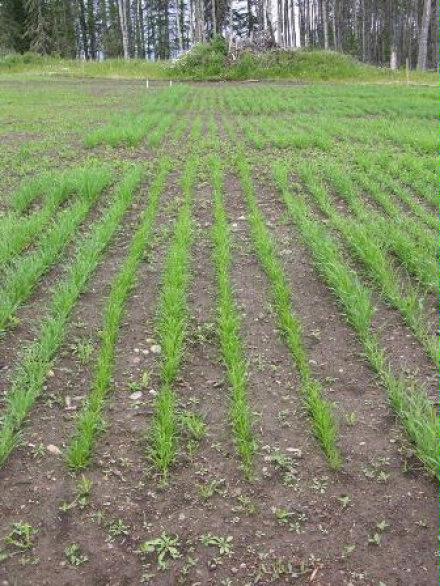
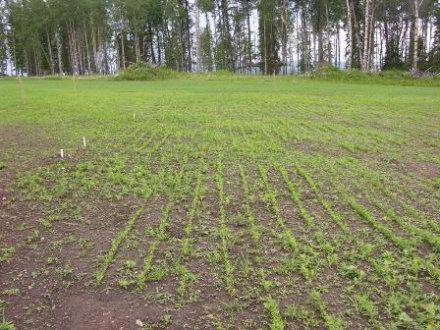
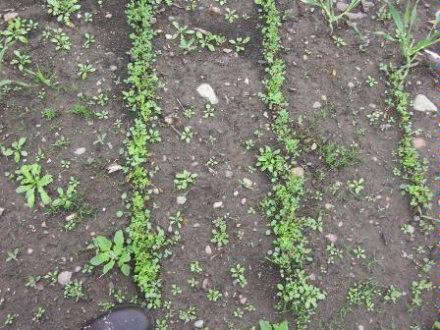
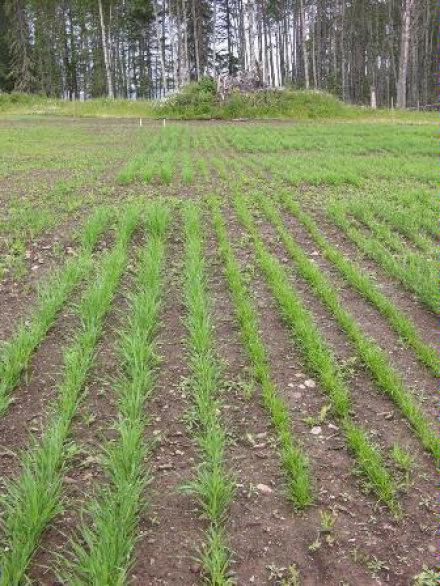
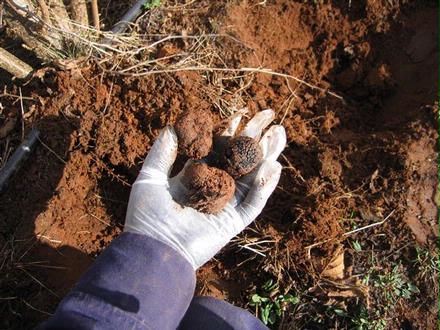

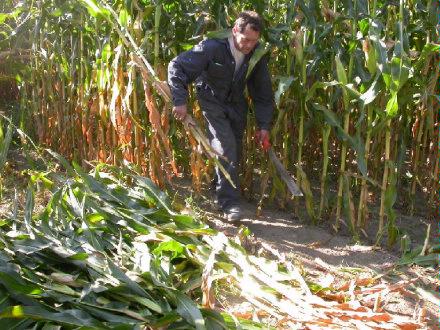
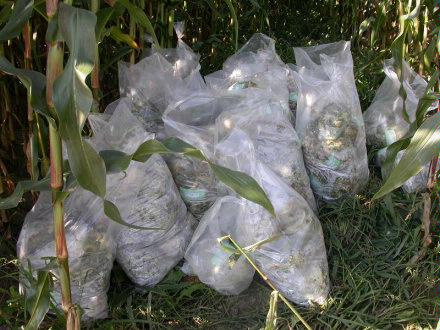
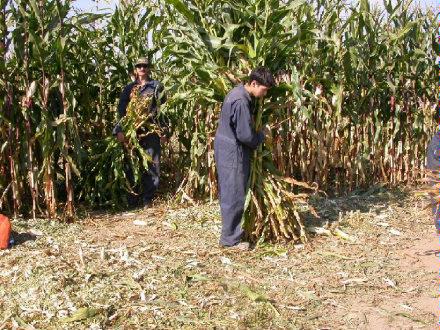
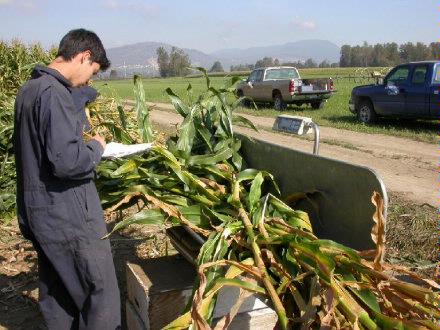
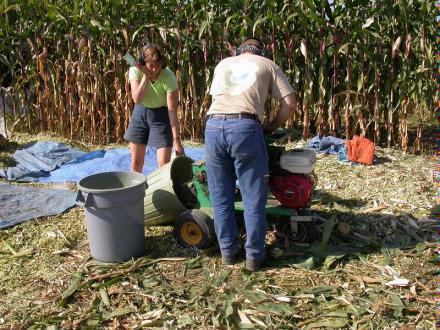

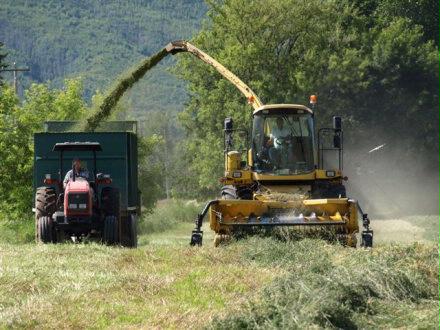
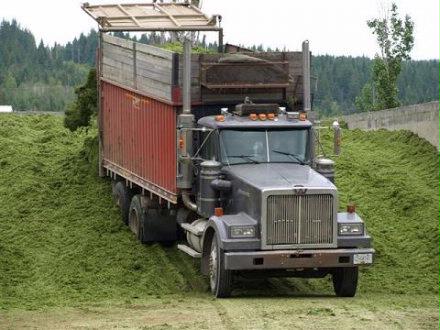
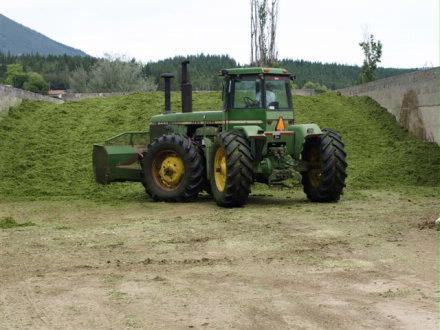
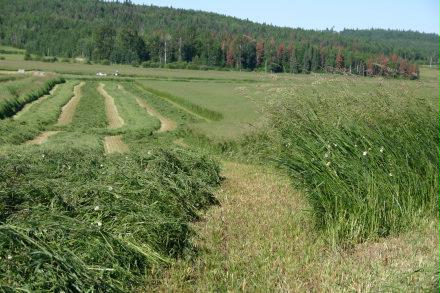
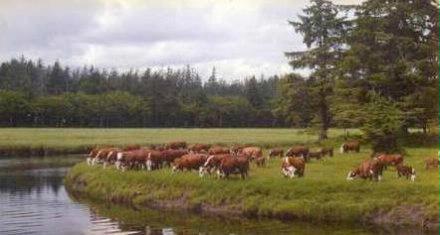

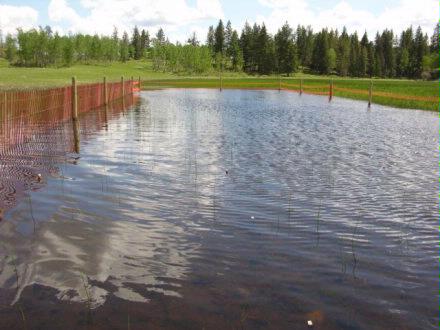
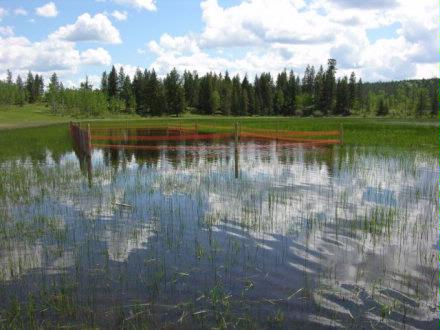
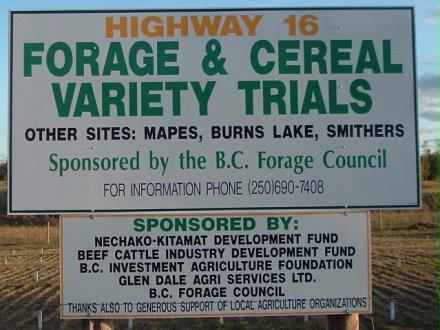
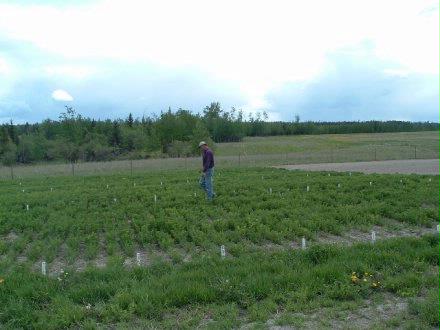
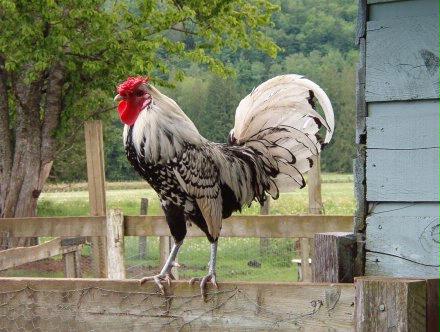
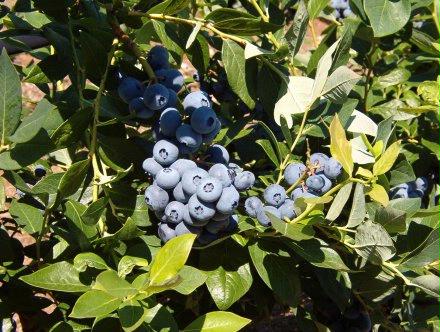
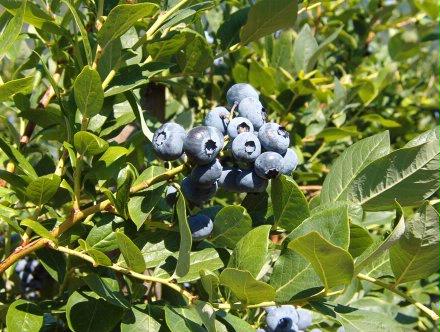
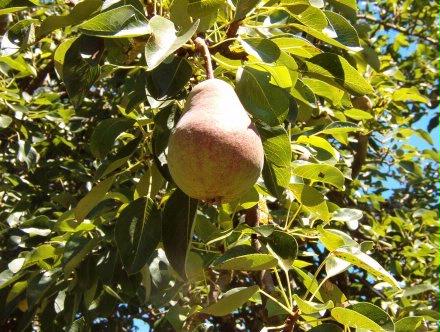
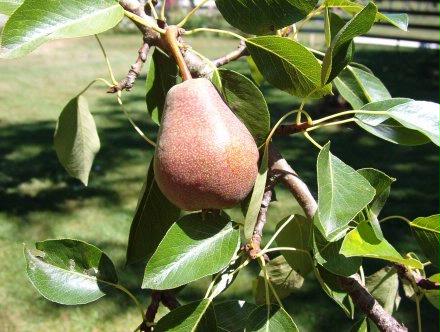
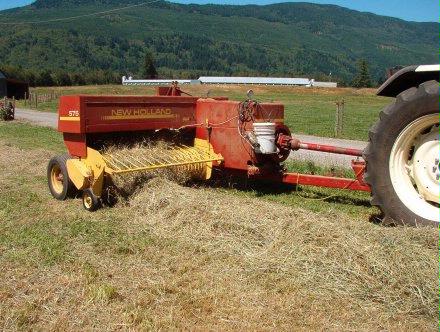
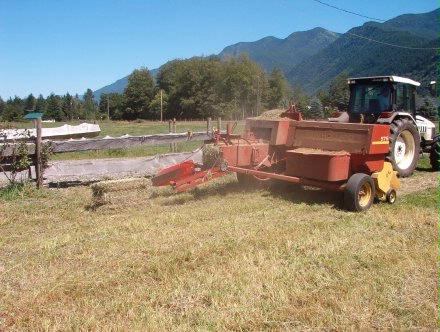
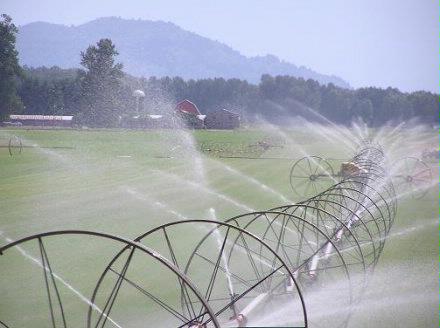
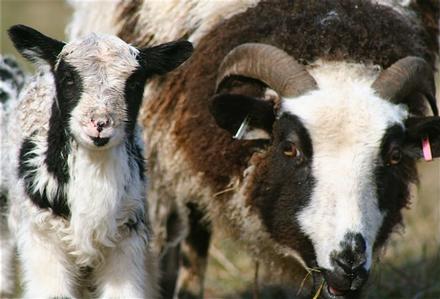
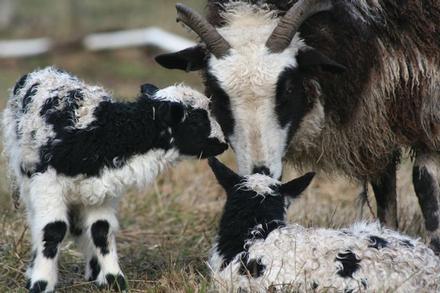
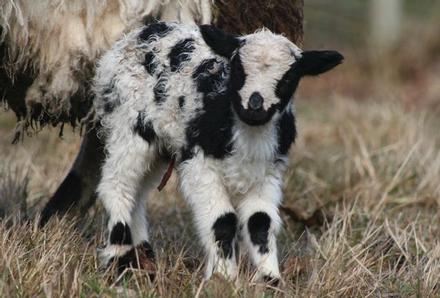
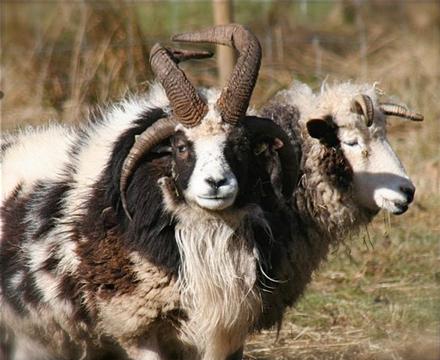
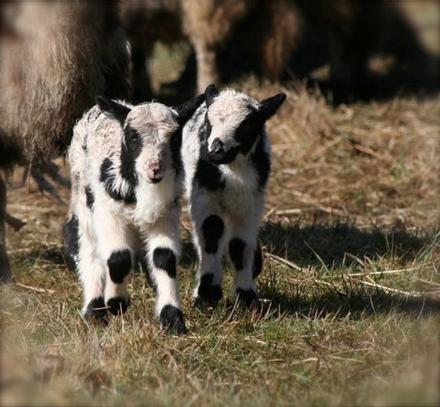
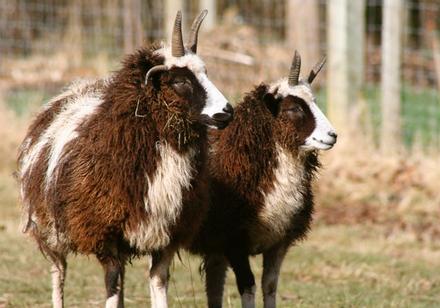
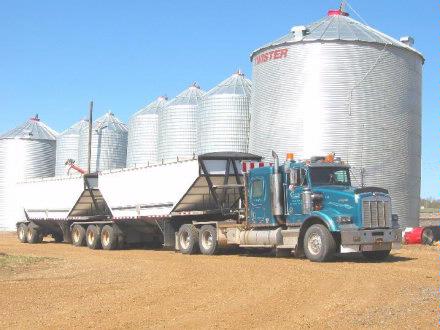
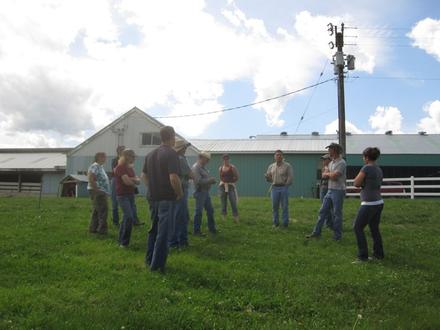
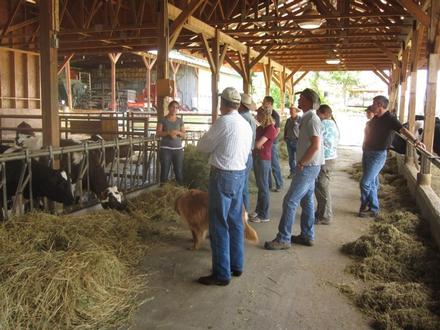
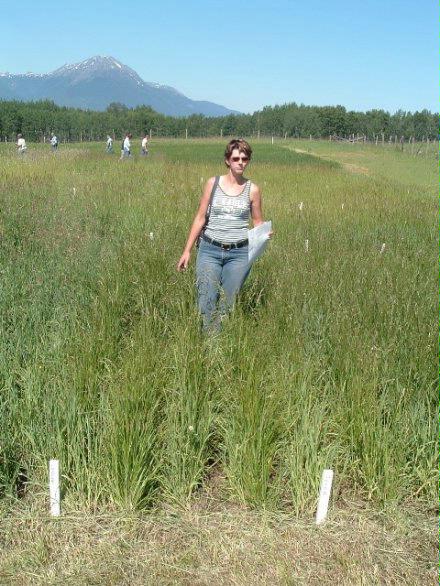
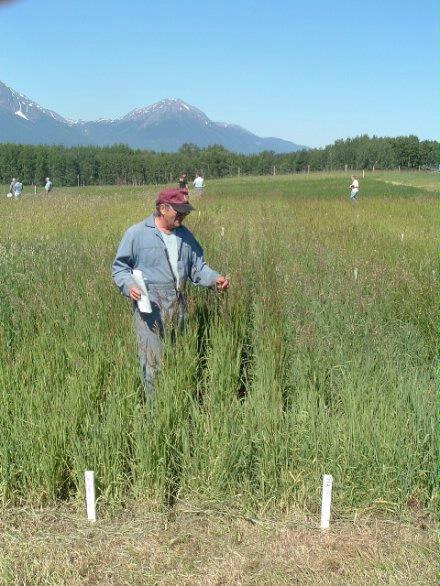
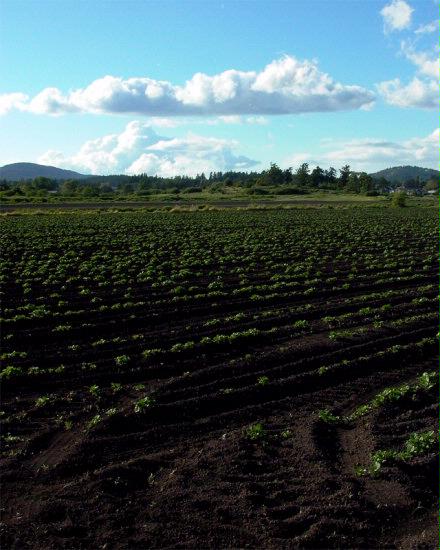
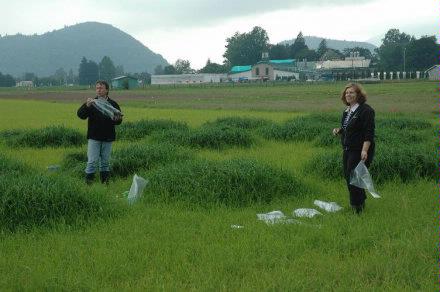

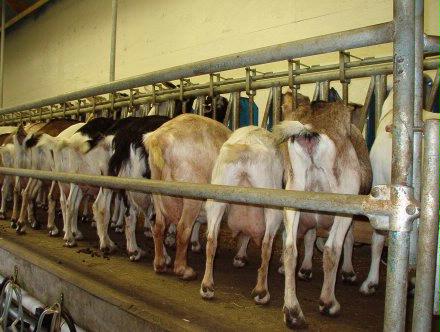
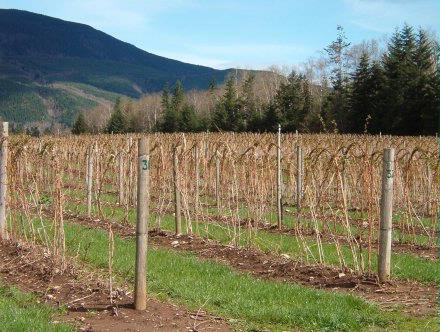

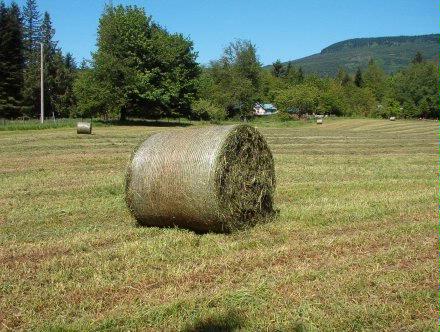
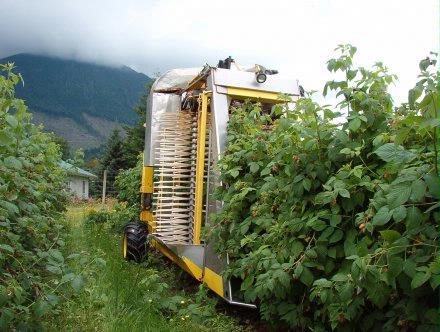
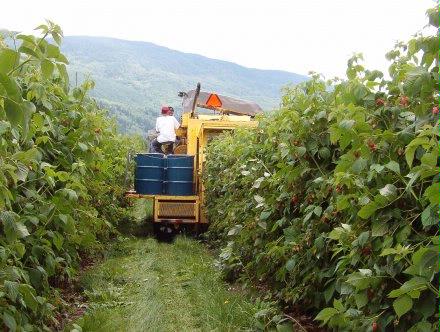


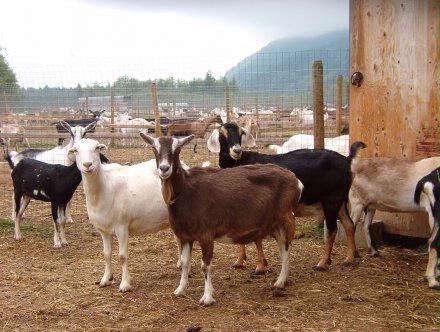
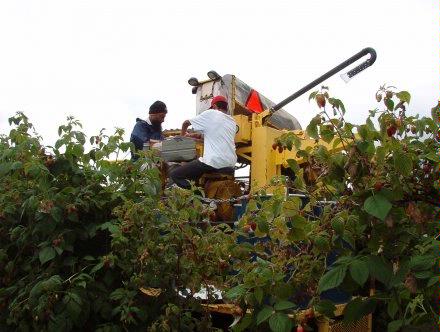
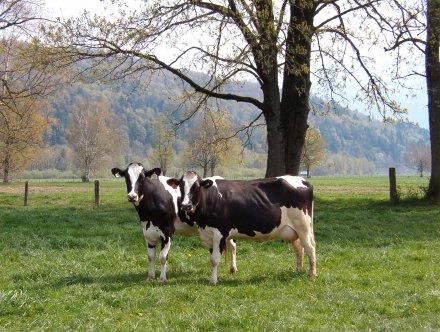
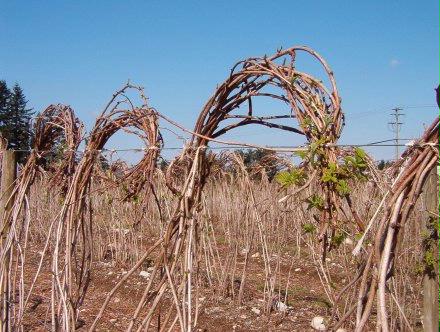
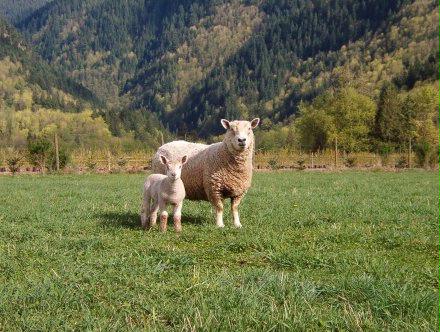
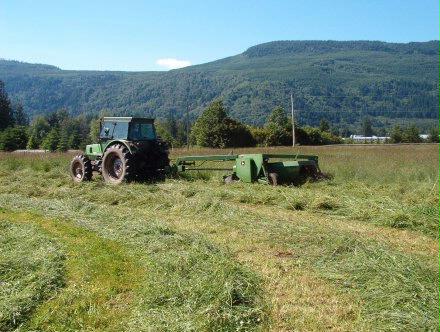
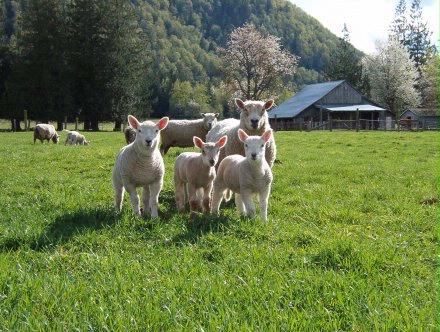
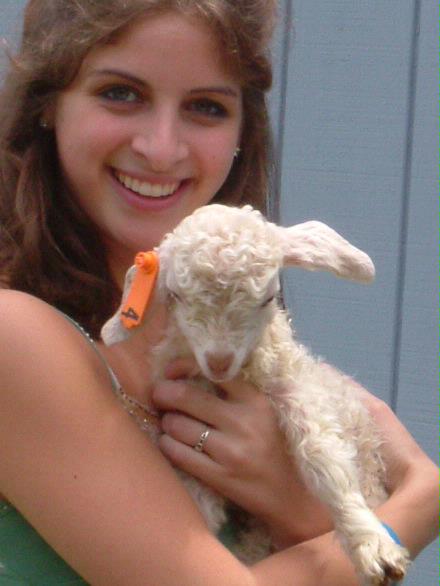

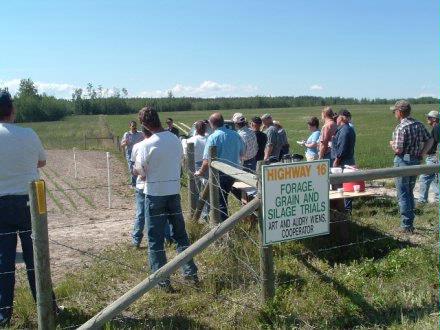
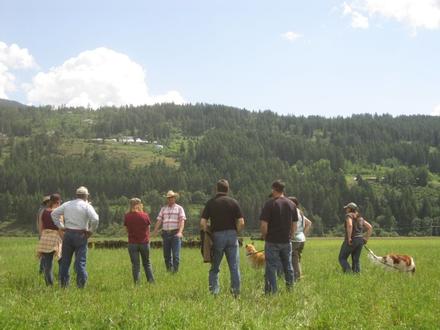
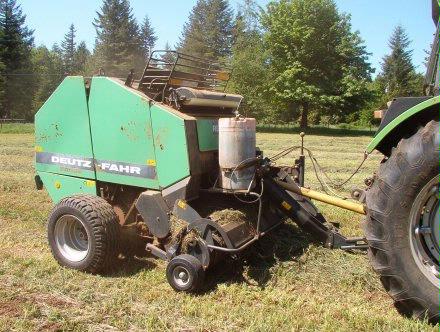
-cond.jpg)
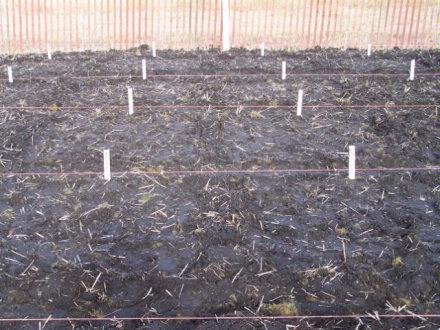
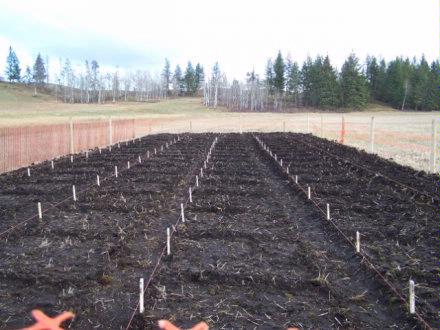
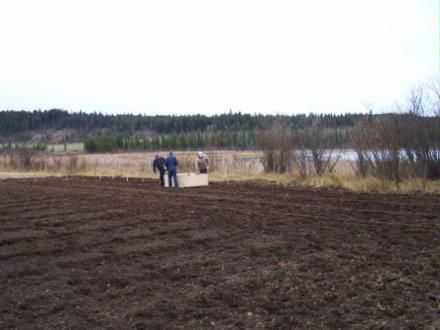
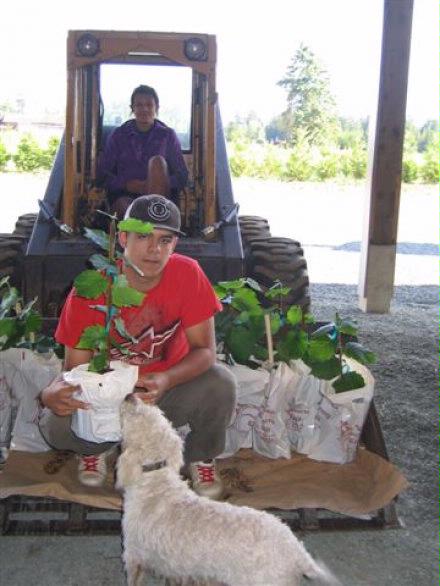

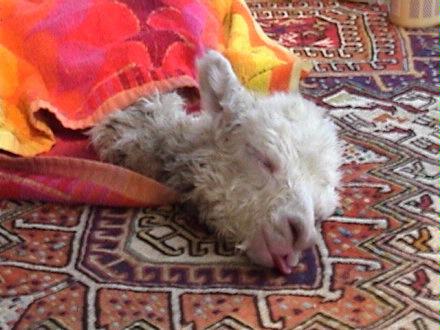
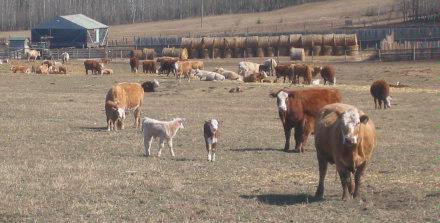
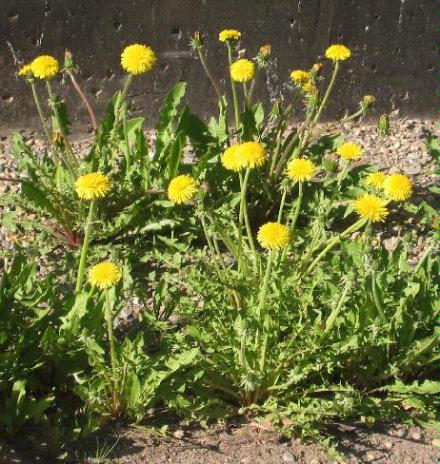
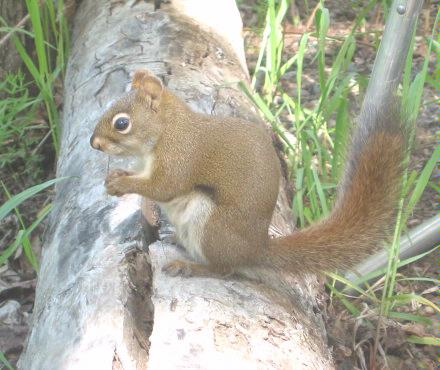
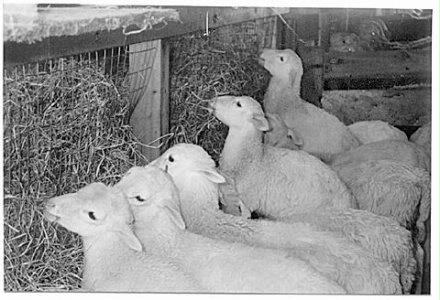

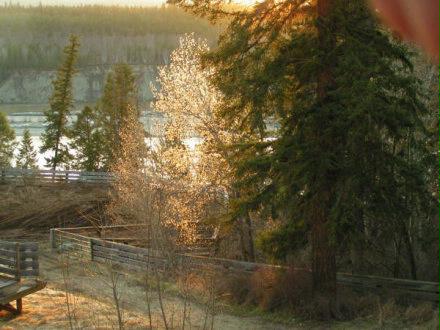
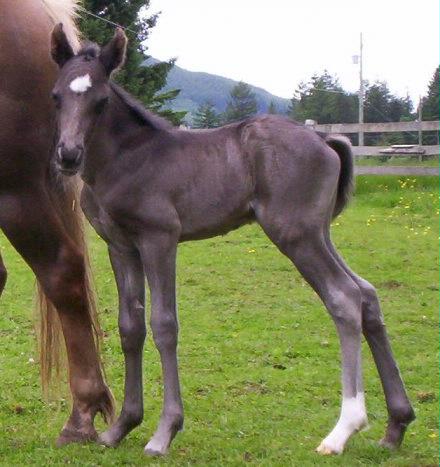
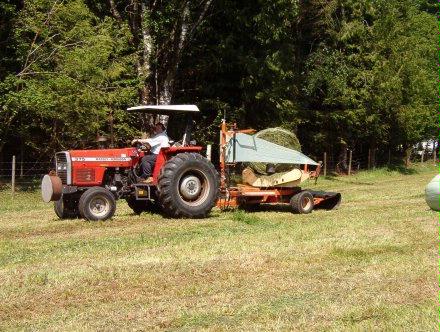

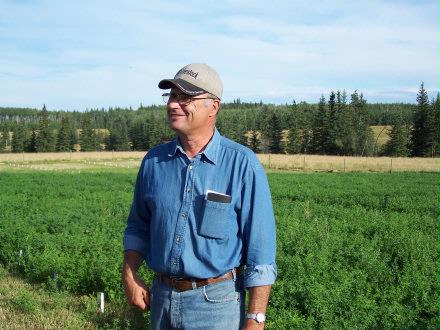
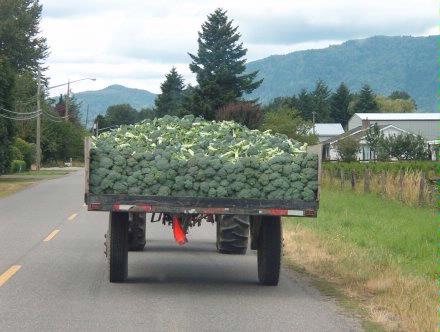
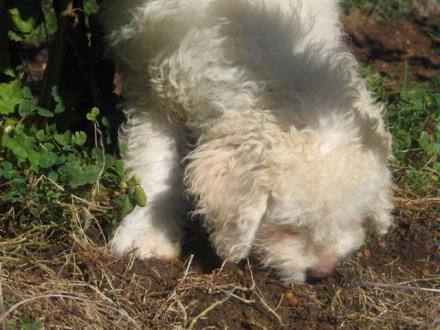
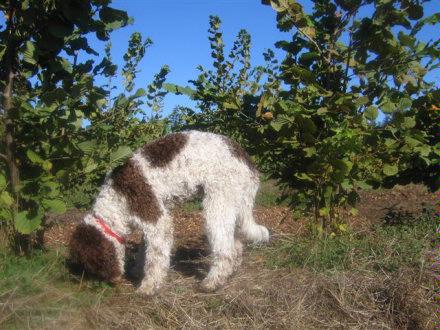
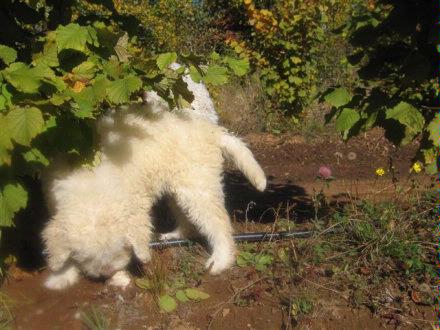
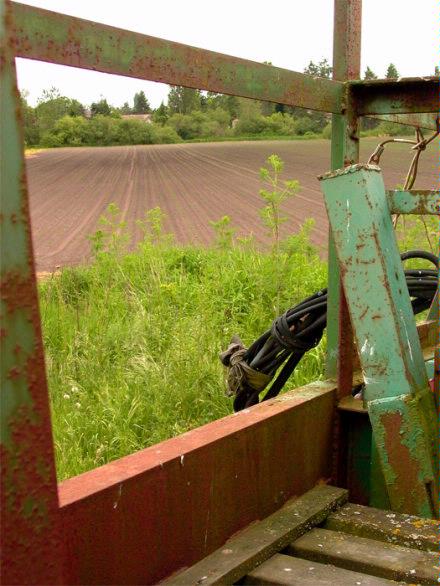
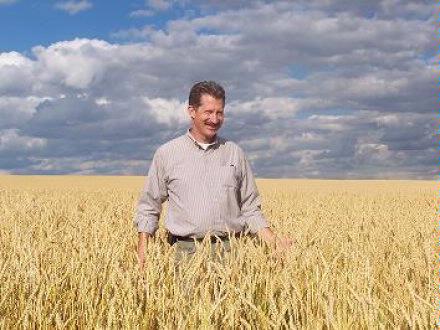
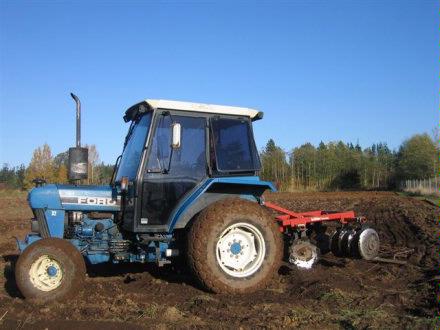
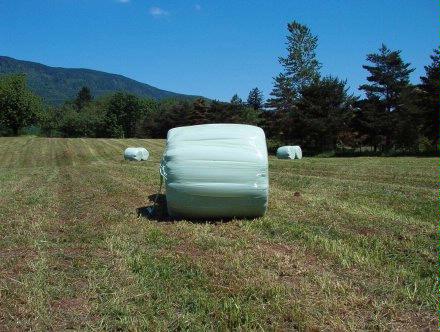
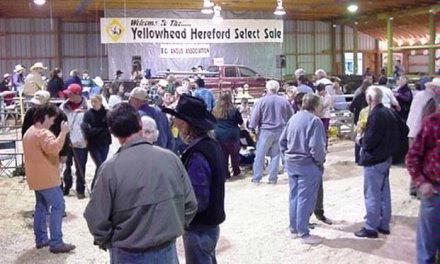
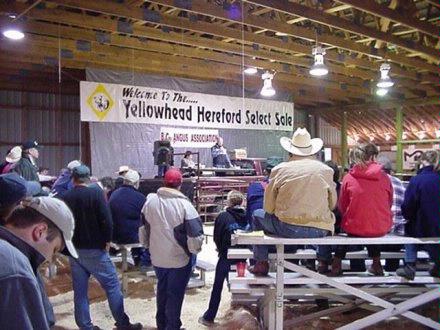
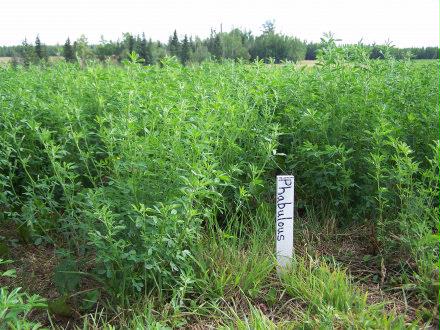
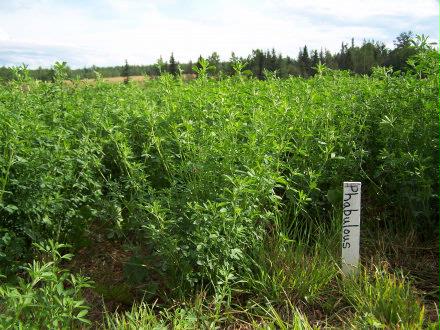
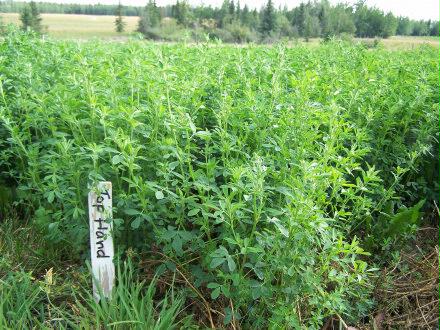


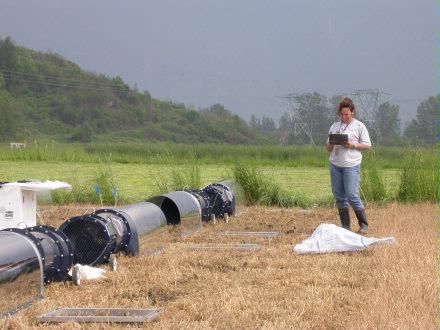
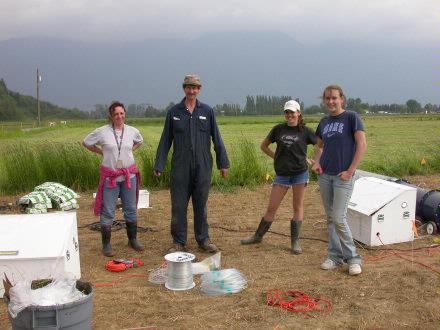
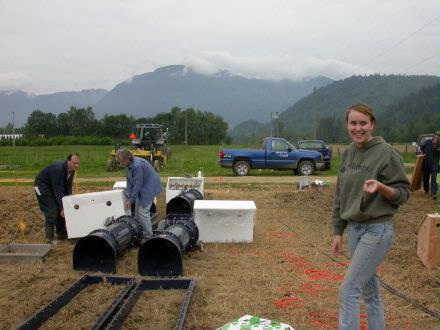
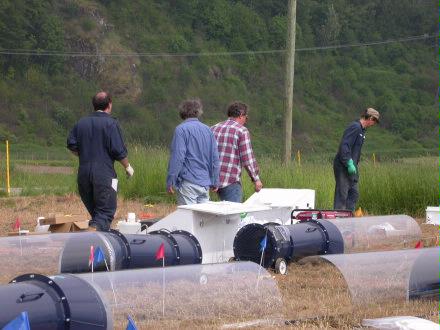
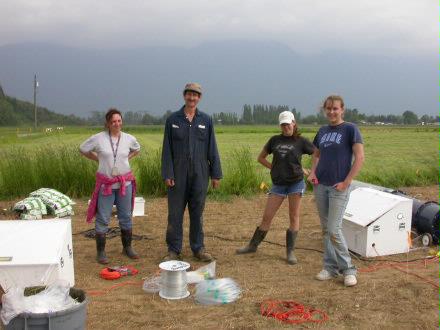
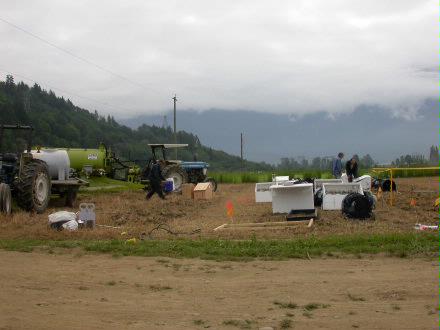
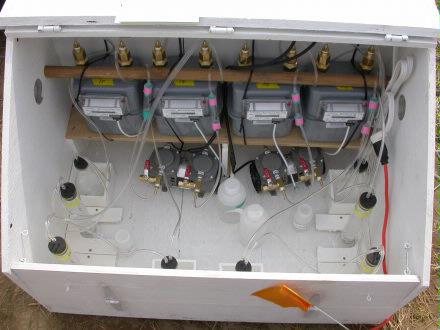
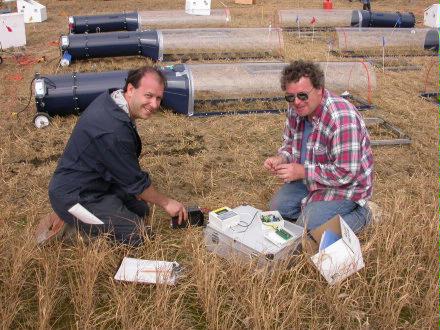
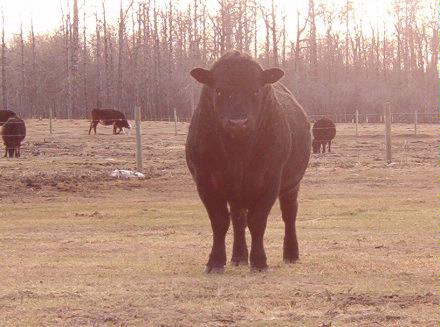
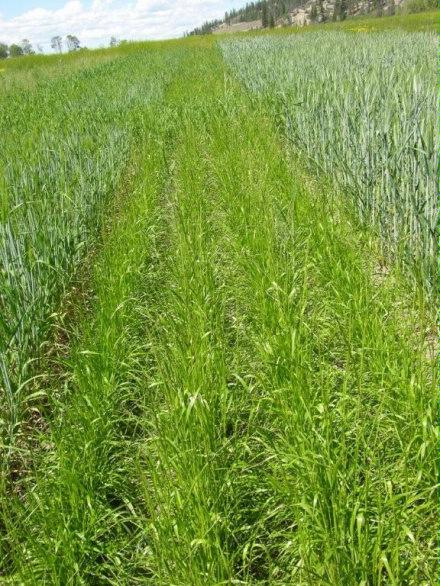
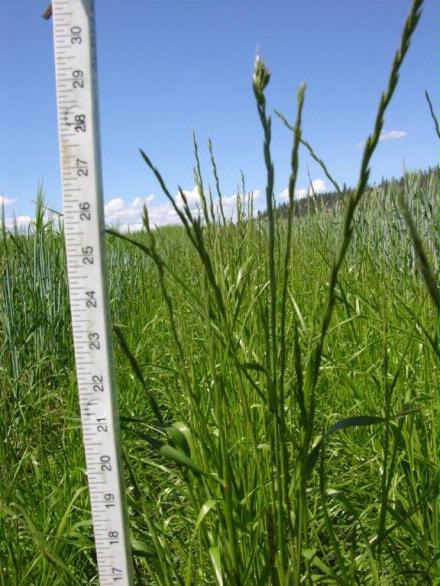
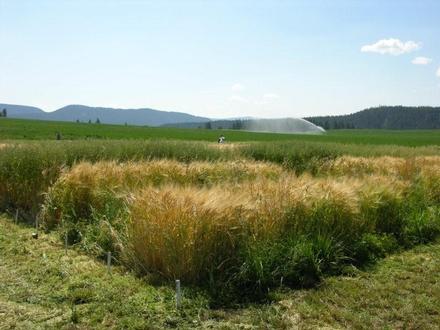
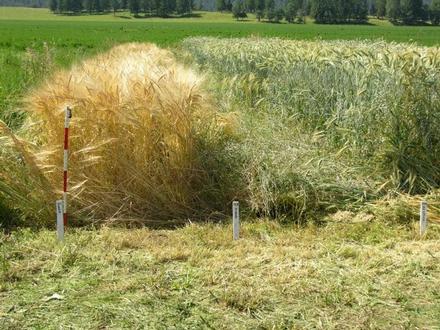
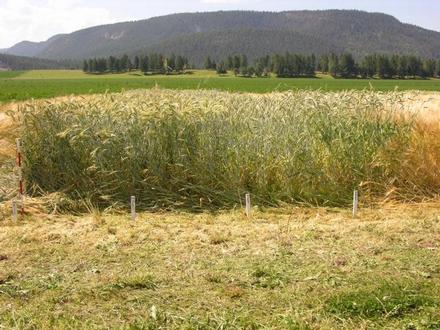
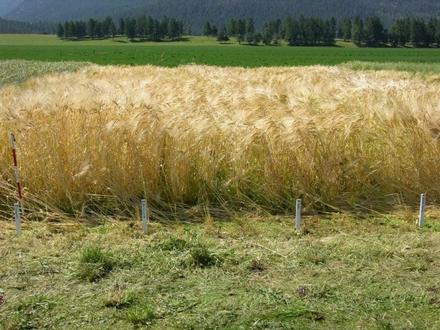
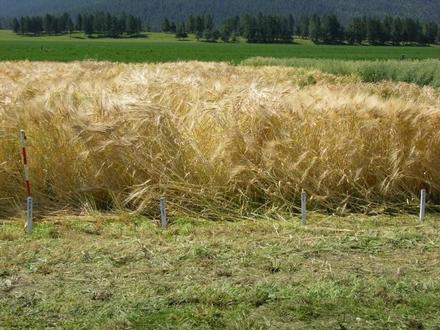
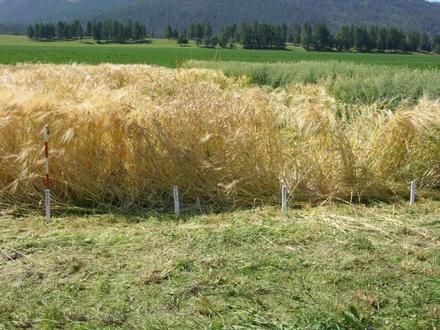
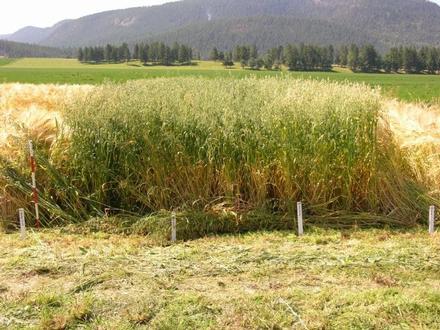
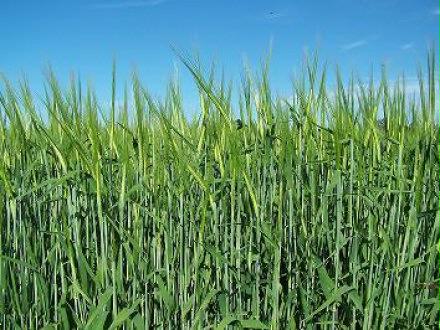
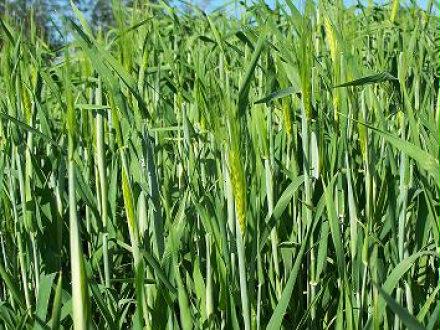


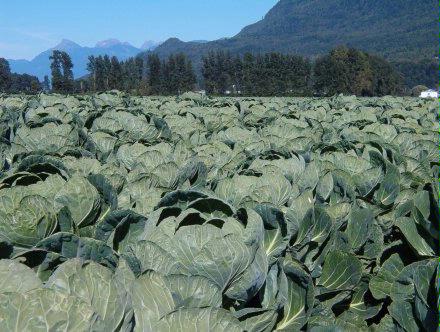
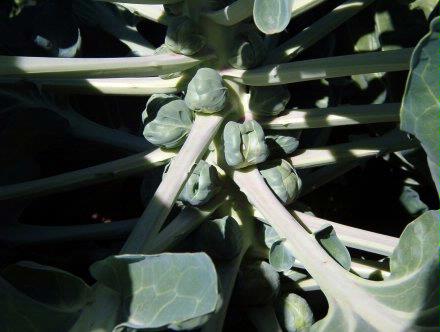
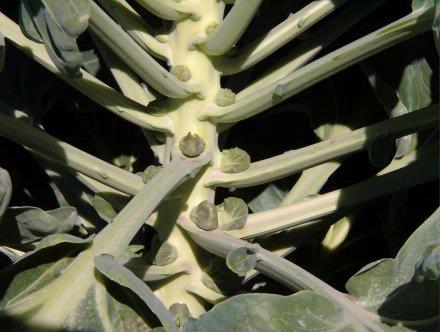
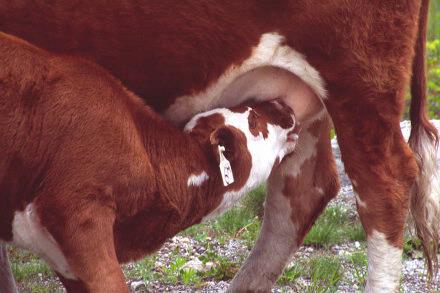

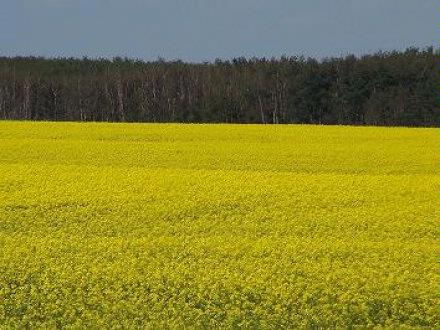
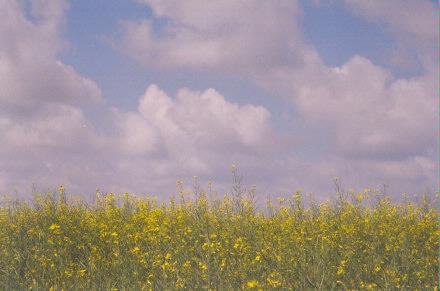
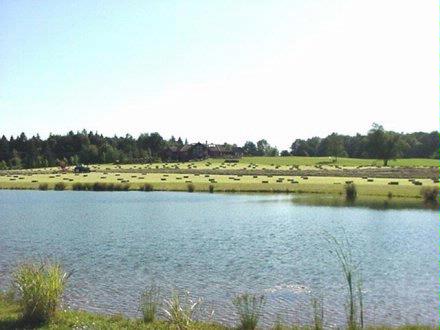

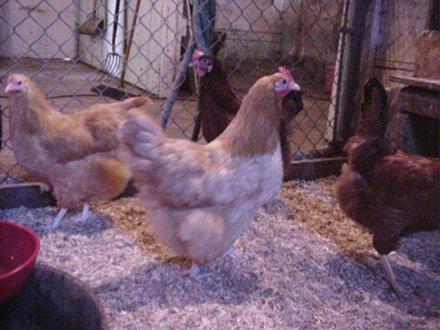
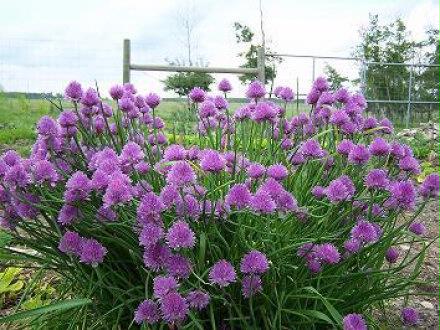
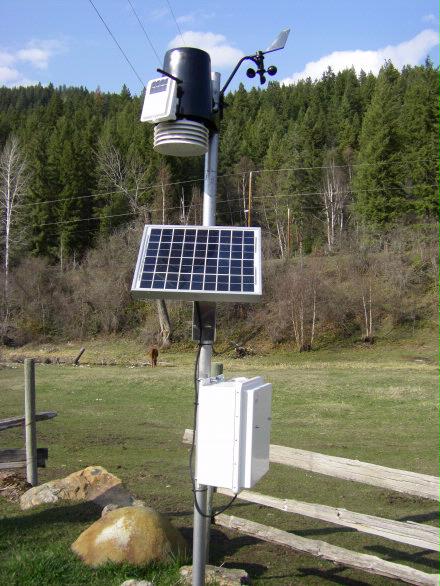
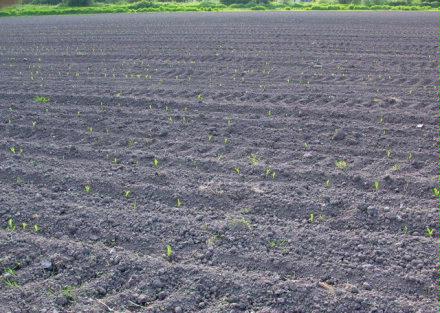
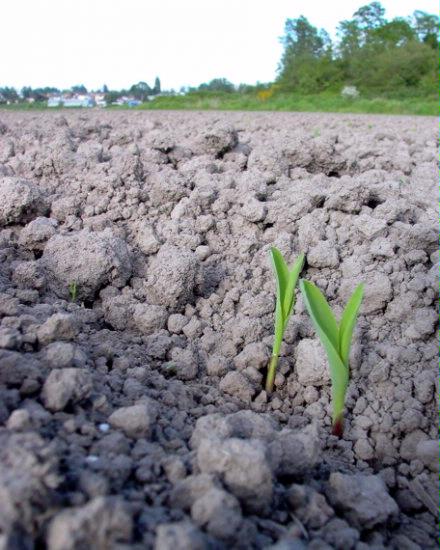

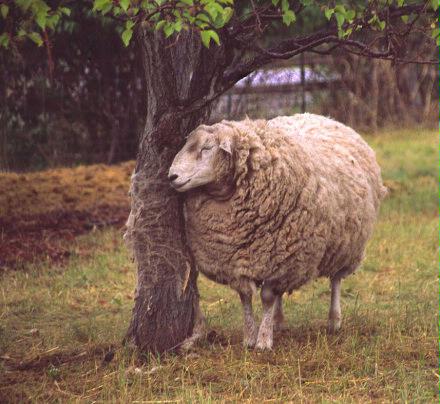

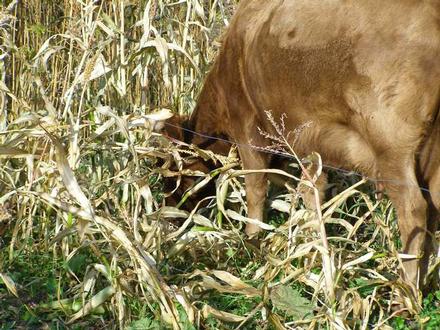
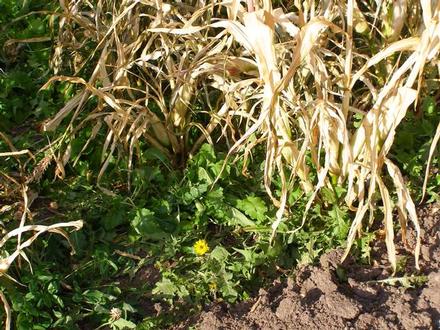
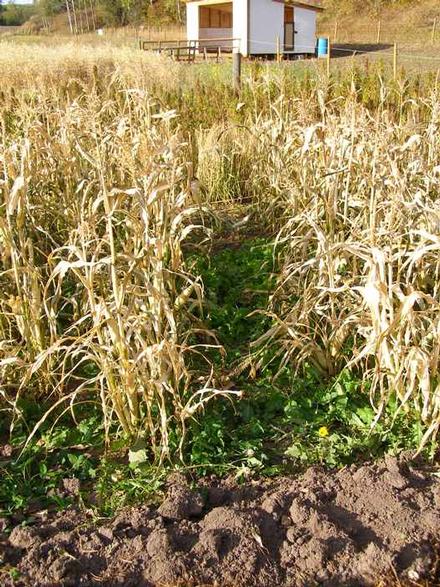
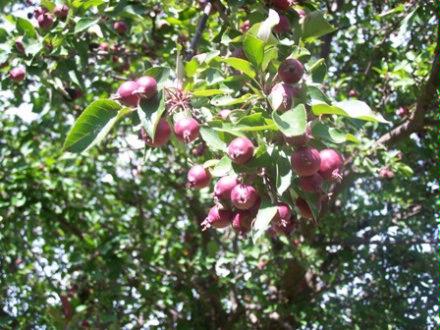


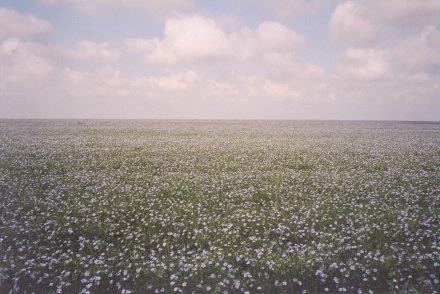

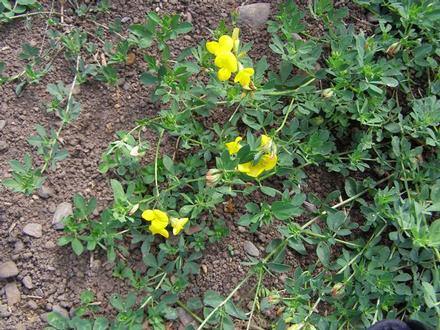

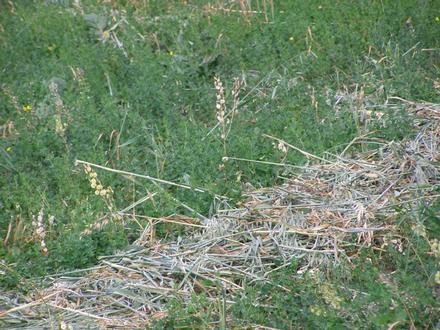
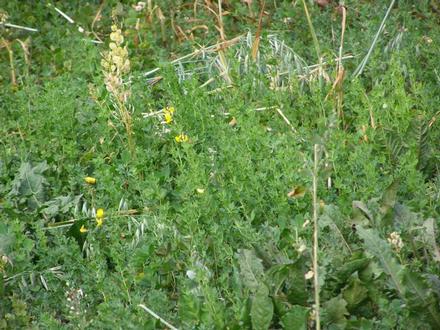
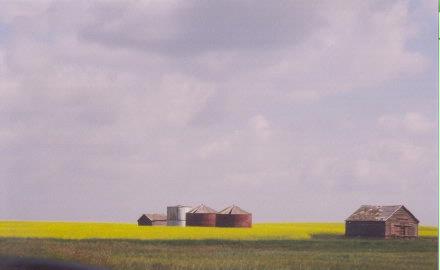
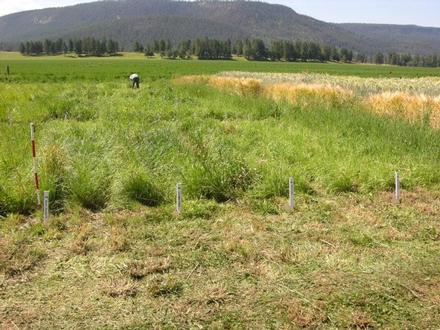
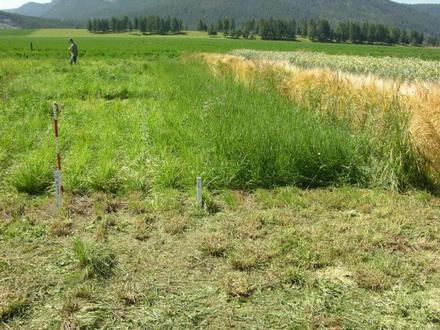
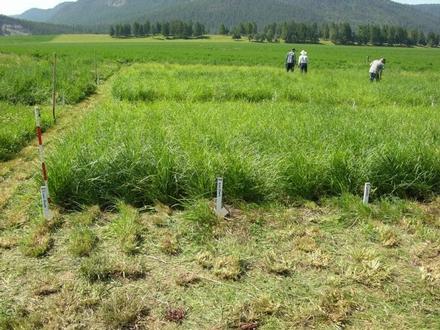
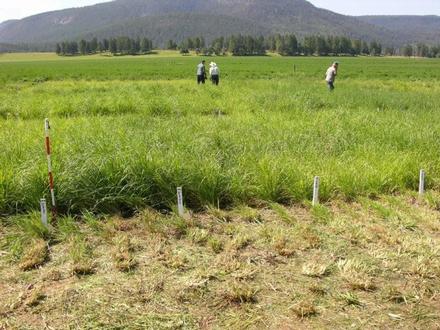
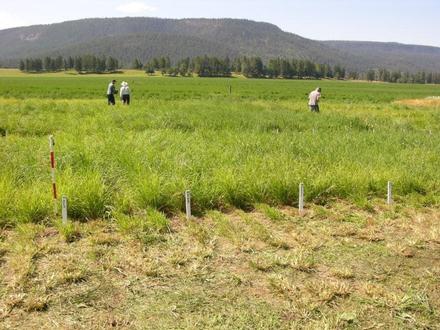
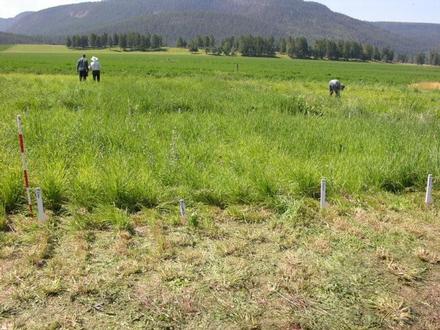
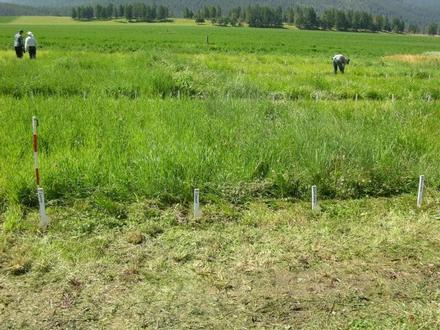
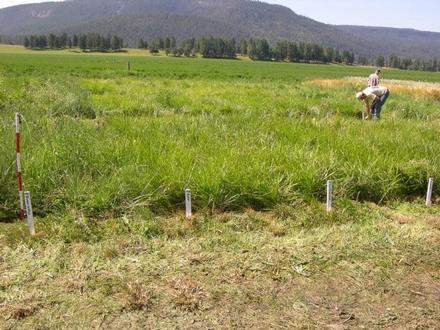
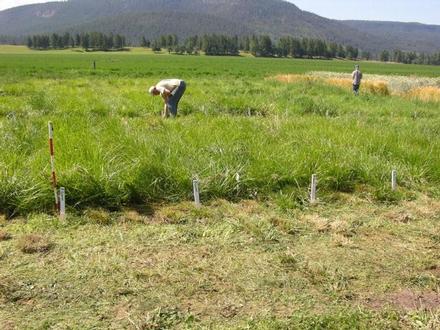
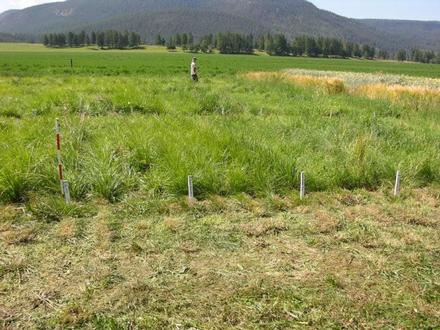
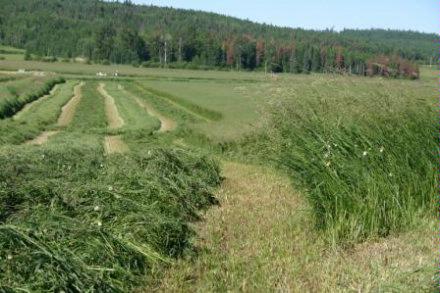
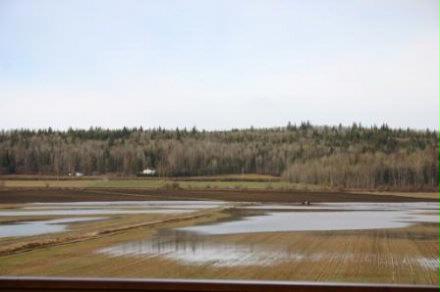
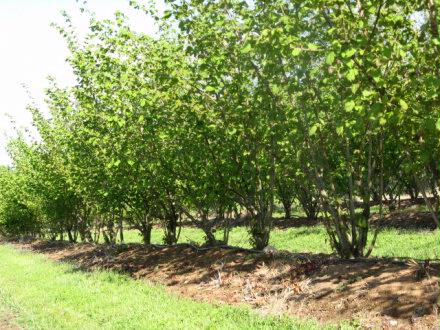
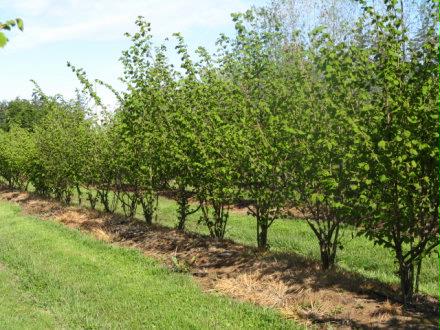
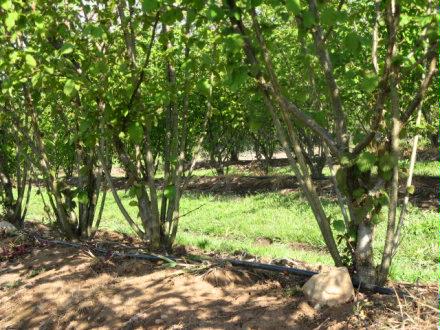

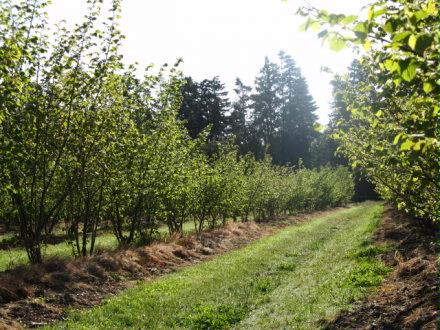
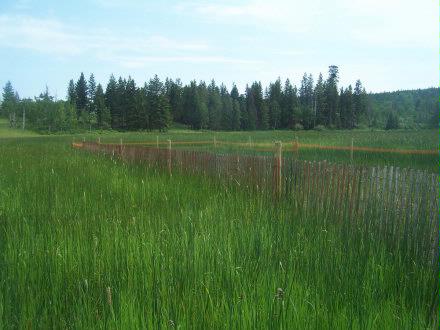
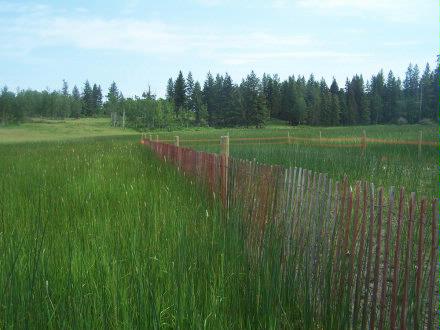
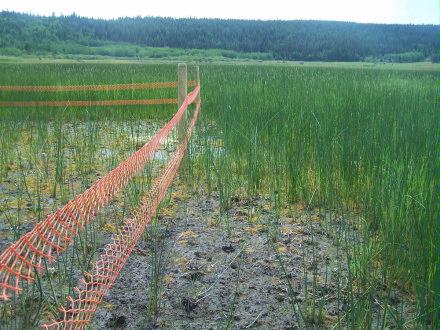
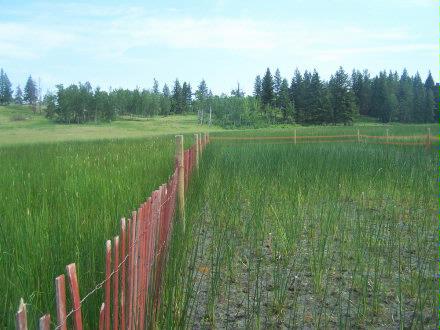
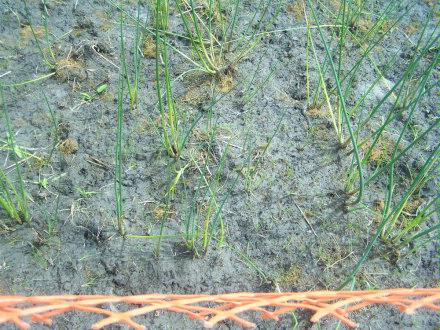
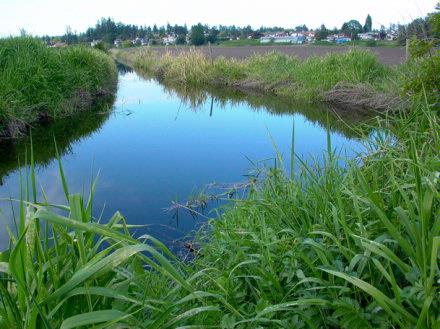
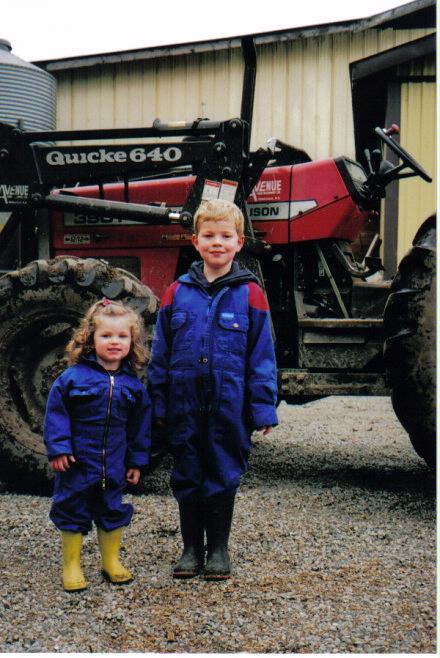

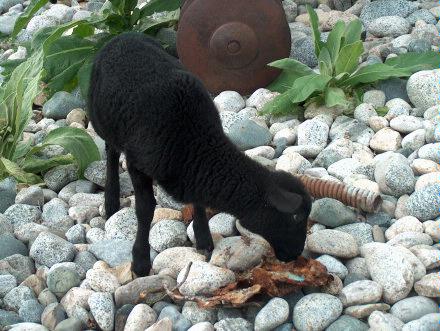



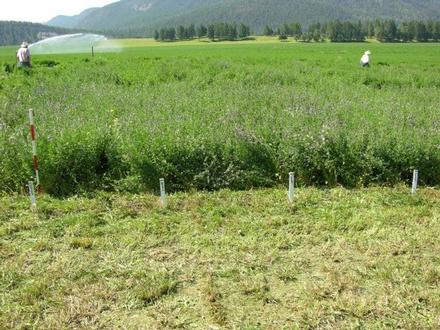
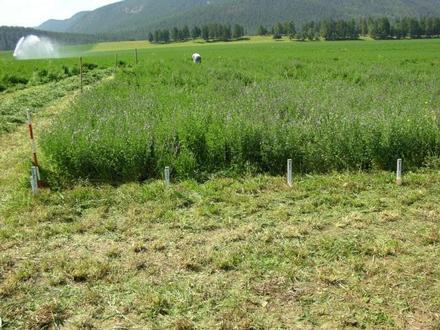
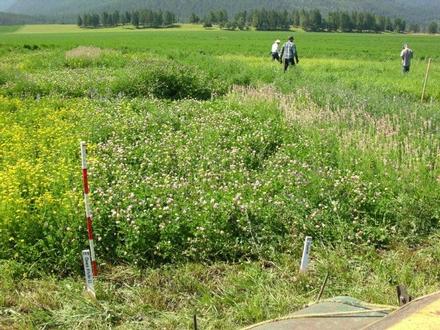

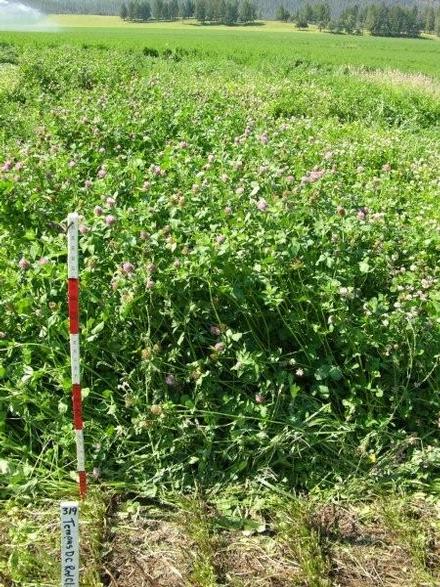
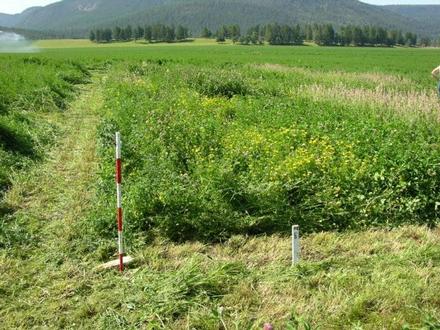
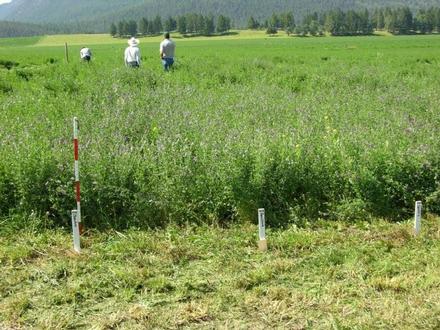
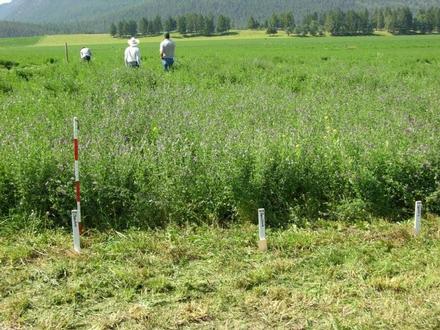
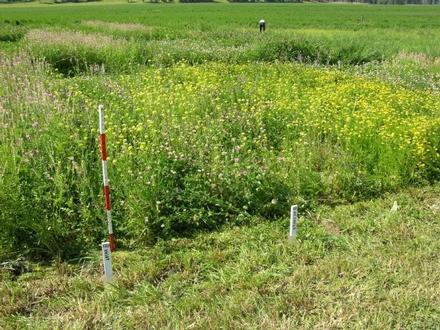
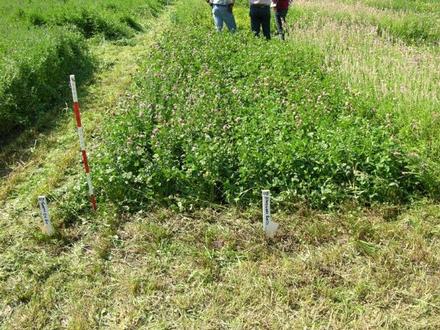
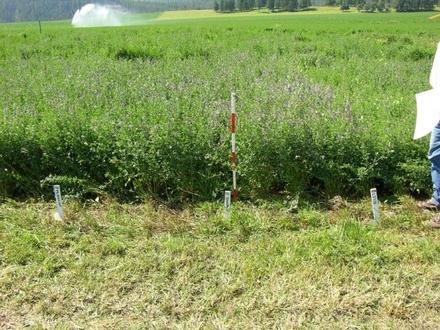


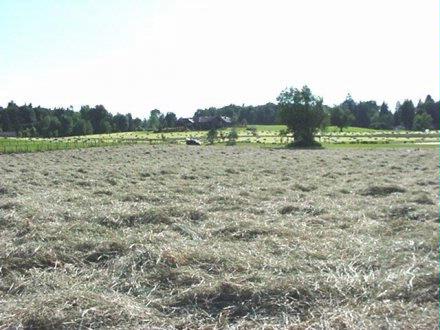
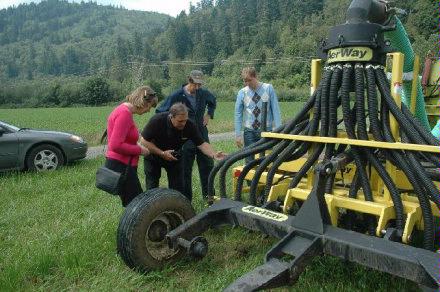


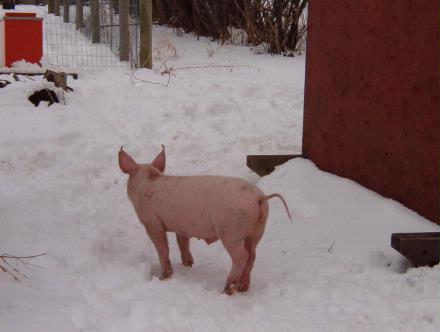
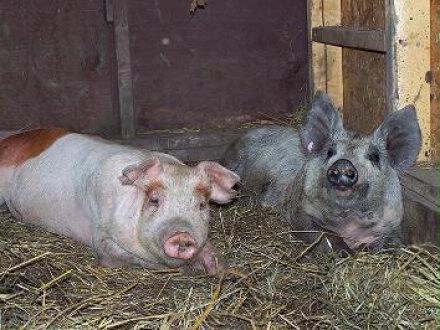
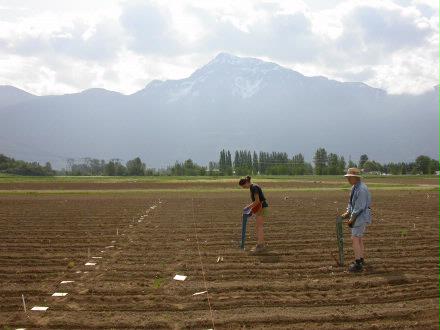
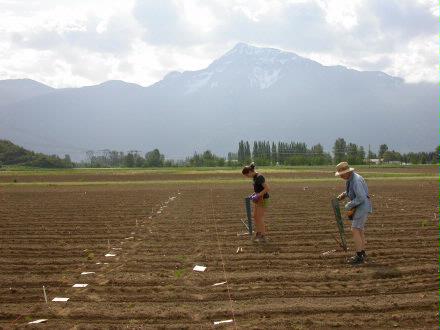
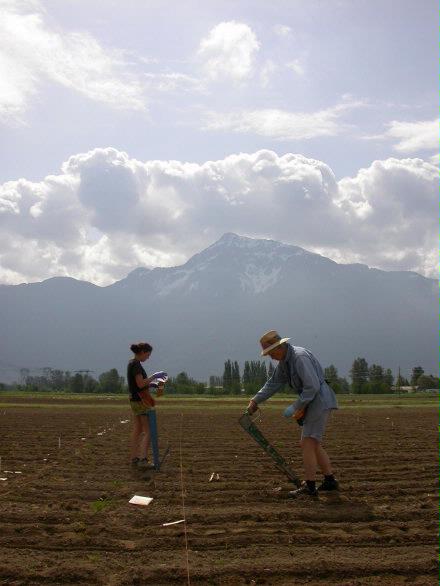
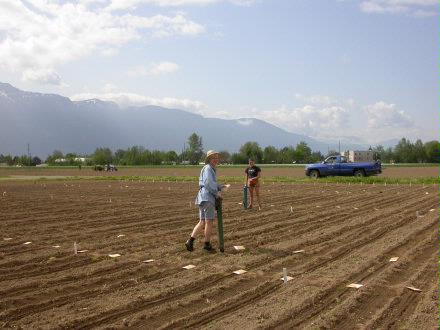
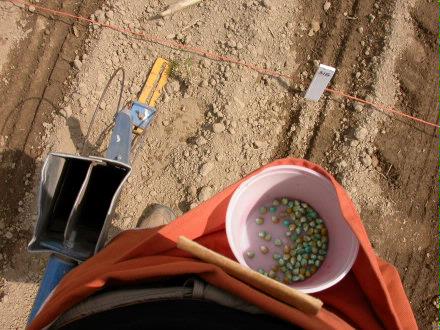

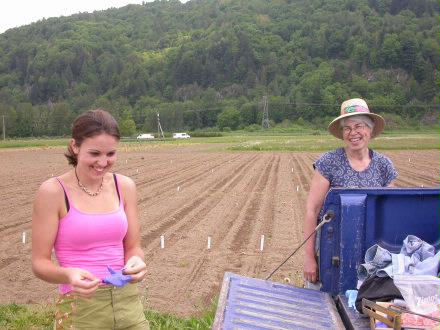
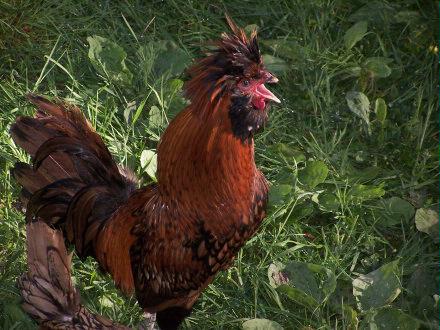
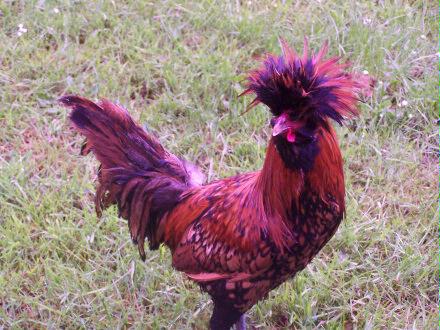
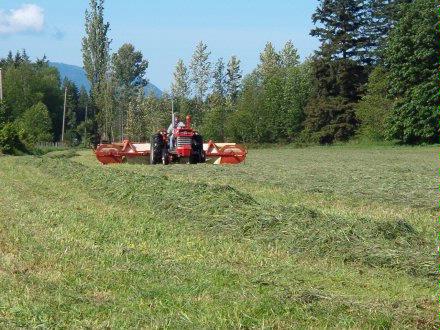
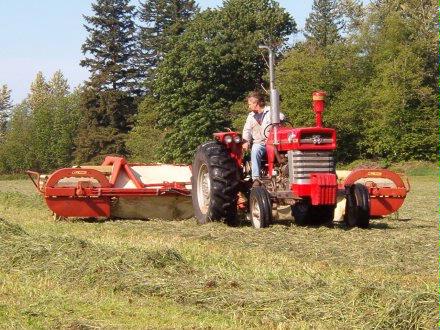
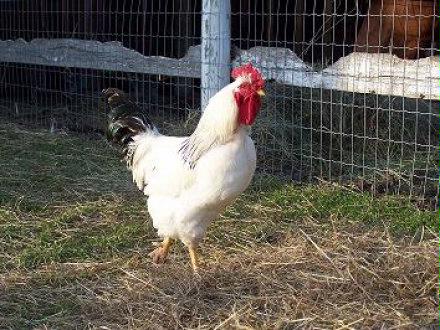
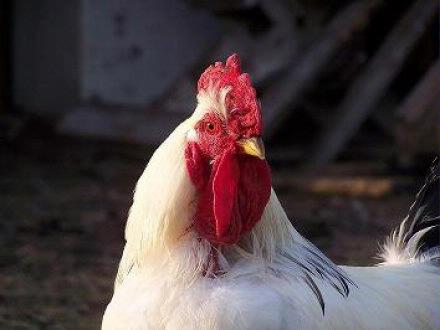
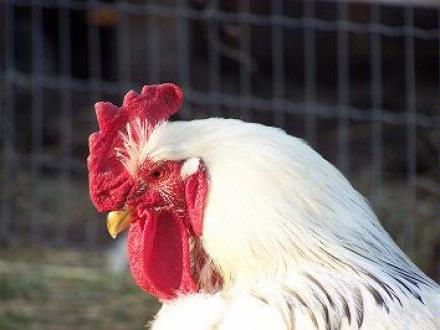
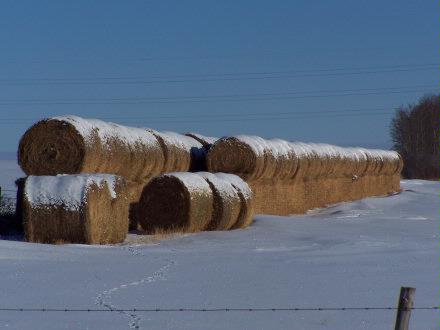

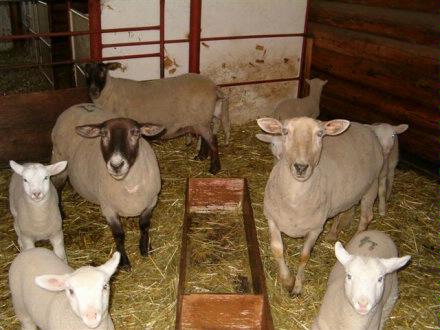
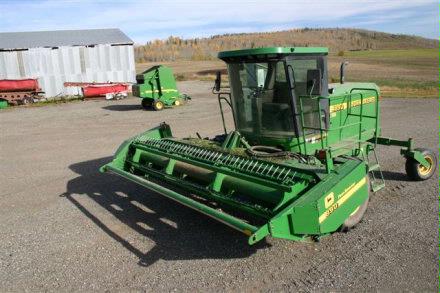

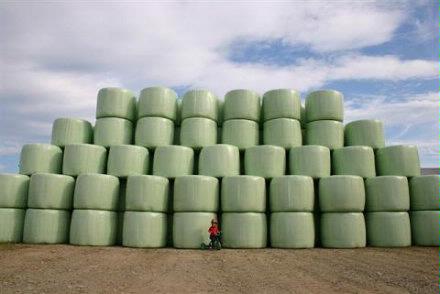

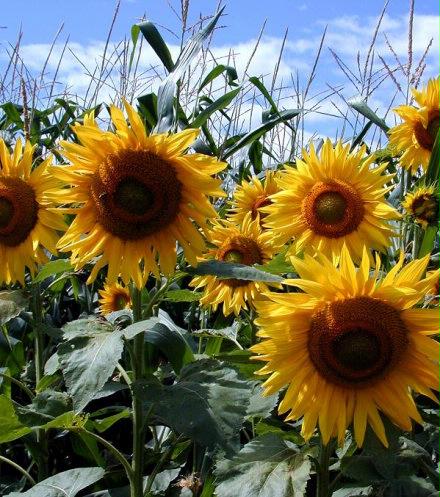
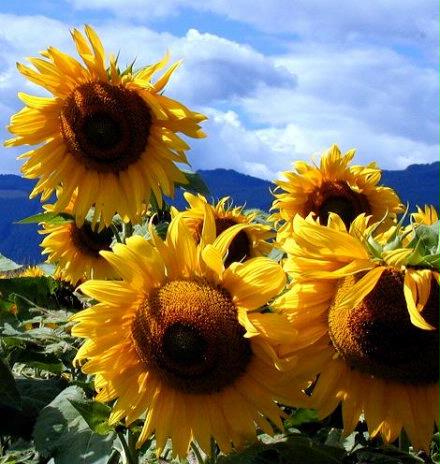
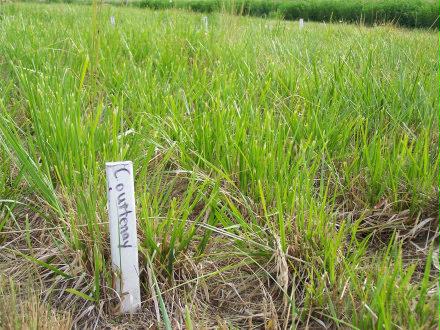
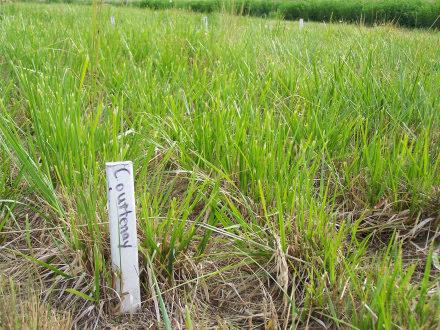
tallfescue(right).jpg)

